Table of Contents
Malachite, with its lush green swirls and rich history, is one of the most sought-after gemstones for collectors, crystal healers, and jewelry lovers alike.
But here’s the catch—fake malachite is everywhere. From plastic imitations to synthetic versions made in labs, the market is flooded with counterfeits. So how do you protect yourself?
In this guide, we break down exactly how to identify real vs fake malachite, with seven proven methods used by gem experts. Whether you're a first-time buyer or a seasoned collector, you’ll learn how to confidently shop for authentic malachite gemstones online and avoid wasting your money on fakes.
Why Identifying Real Malachite Matters
Before we understand how to identify authentic malachite, it’s important to understand why identifying a real malachite matters.
See, real malachite isn't just a pretty green rock—it's a naturally occurring copper carbonate hydroxide mineral with deep cultural, spiritual, and geological value. For centuries, it’s been treasured not just for its visual allure but also for its healing properties, protective energy, and role in ceremonial artifacts.

But in today’s fast-paced market, fake malachite is everywhere—and that’s a problem not just for your wallet, but for the integrity of the entire gemstone ecosystem.
From a buyer’s perspective, purchasing fake malachite means you’re paying for beauty without the benefits. You’re missing out on the unique energetic properties of the stone, and likely wearing something that was mass-produced in a factory mold with zero care or intention.
But the impact goes deeper.
Every genuine malachite gemstone goes through dozens of hands before it reaches your jewelry box. From ethical miners and local artisans to skilled lapidaries who hand-carve and polish each piece, there's a long chain of craftsmanship and care involved in bringing natural malachite to the world. Many of these people rely on fair-trade practices and sustainable sourcing methods to support their families and preserve the earth’s resources.
When fake malachite floods the market, it undermines ethical sourcing, disrespects the artisans behind the craft, and encourages environmentally harmful practices in favor of quick profits.
Choosing authentic malachite is about more than aesthetics—it’s about respecting the earth, honoring the people behind the stone, and valuing quality over convenience. It's a conscious purchase that supports a more transparent, sustainable, and soulful gemstone industry.
Now let’s understand how to tell if a malachite is real ↓
1. Real Malachite Is Heavy—Because It's a Natural Mineral
Fake malachite made of plastic or resin often feels suspiciously light in the hand. Natural malachite is a copper carbonate hydroxide mineral, which means it has a decent heft. If the piece you're holding feels like it weighs nothing, it’s likely not real.
Quick Tip: Try comparing a suspect piece with a similarly sized crystal or stone you know is authentic. The real malachite will always feel denser.
2. Study the Patterns: Natural Malachite Has Imperfections
Authentic malachite features swirling, concentric bands and irregular patterns. These patterns often resemble waves, eyes, or even tree rings. No two pieces look exactly alike.
If the lines on your stone are overly symmetrical, uniform, or “too perfect,” you’re probably looking at synthetic malachite made from glass or dyed material.
3. The Color Should Be Rich—but Not Neon
Real malachite ranges in color from deep forest green to bright verdant hues, with varying light and dark areas. Fakes often appear overly saturated or have a single-tone green with no variation.
If the color looks more like neon green or plastic green—walk away.
4. The Cold Test: Natural Stones Stay Cool
Genuine gemstones like malachite tend to stay cool to the touch, even after you’ve held them for a while. In contrast, fakes made from plastic or resin quickly warm up.
Place your malachite on your cheek or wrist. Does it feel cool or room-temperature? If it warms up rapidly, it may not be authentic.
5. Look for Visible Tool Marks on Carvings
When inspecting carved malachite jewelry or decor pieces, look closely at the surface. Natural malachite is softer than quartz, but harder than plastic—carving it leaves behind subtle tool marks and uneven edges.
Plastic fakes, however, often have smooth, molded finishes with no visible texture. If the item looks mass-produced, it probably is.
6. Perform the Acetone or Alcohol Test (With Caution)
Dab a cotton swab with acetone (nail polish remover) or rubbing alcohol and gently touch an inconspicuous area of the stone. If green dye rubs off, it’s fake.
⚠️ Use caution with this method, especially if you're testing jewelry with glue or finishes that could be damaged.
7. Buy from Reputable Sources (Seriously, This Matters)
Your safest bet to avoid fake stones is to buy malachite gemstones online from verified sellers who provide:
-
Authenticity certificates
-
Clear return policies
-
Transparent sourcing
At trusted sites like Gemstones for Sale - best place to buy gemstones online, you’ll find high-quality natural malachite and detailed product descriptions—so you can shop confidently.
Real vs Fake Malachite: Quick Comparison Table

|
Feature |
Real Malachite |
Fake Malachite |
|
Weight |
Dense and heavy |
Light, feels like plastic |
|
Pattern |
Irregular, natural bands |
Uniform, machine-like lines |
|
Color |
Rich green with depth |
Bright neon or flat green |
|
Temperature |
Cool to the touch |
Warms quickly |
|
Carving Detail |
Subtle tool marks, textured cuts |
Smooth, molded surface |
|
Surface Reaction |
No dye transfer with acetone |
Green color may rub off |
|
Price Range |
Higher due to authenticity |
Cheaper, often mass produced |
Final Thoughts: How to Identify Authentic Malachite
If you’ve been wondering how to tell if malachite is real, you’re not alone. As demand rises, so does the number of counterfeits. But armed with the tips above, you can shop smart and avoid disappointment.
💎 Whether you're building a collection or picking out a statement ring, make sure your piece is the real deal. Trust your instincts—and your research.
Looking to buy the real thing? Explore our curated collection of malachite gemstones for sale and shop with confidence.
FAQ: Real vs Fake Malachite
Q1: Is all green banded stone malachite?
Ans: No. Some stones like variscite or dyed agate can resemble malachite, but they don’t share the same malachite healing properties or mineral structure.
Q2: Can malachite be lab-created?
Ans: Yes. Synthetic malachite is made in labs using chemicals and heat. While it may look similar, it lacks the energetic properties of natural stone.
Q3: Does malachite fade over time?
Ans: Natural malachite can fade if left in direct sunlight for long periods. Store it in a cool, shaded place to preserve its vibrance.
Q4: Can I trust online gemstone sellers?
Ans: Yes—if they’re verified and transparent. Always read reviews, check for certificates, and verify their sourcing process when buying gemstones online.
Visited 1008 No. of Time(s), 776 Visit(s) Today
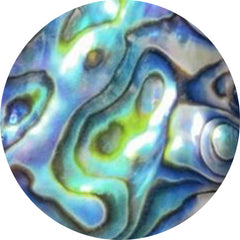 ABALONE SHELL (110)
ABALONE SHELL (110)
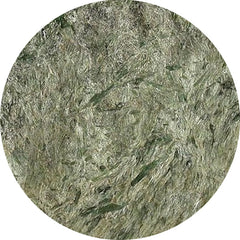 ACTINOLITE (4)
ACTINOLITE (4)
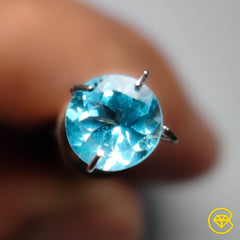 Affordable Gemstones (17698)
Affordable Gemstones (17698)
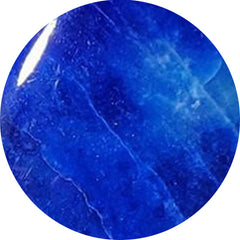 AFGHANITE (10)
AFGHANITE (10)
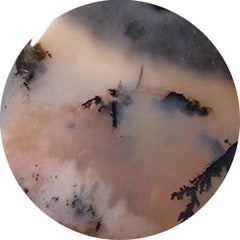 AGATE (2642)
AGATE (2642)
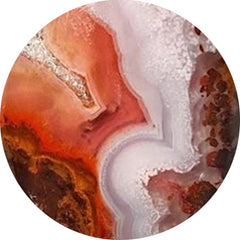 AGUA NUEVA (11)
AGUA NUEVA (11)
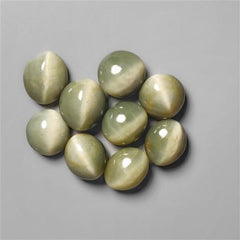 All Gemstones (4)
All Gemstones (4)
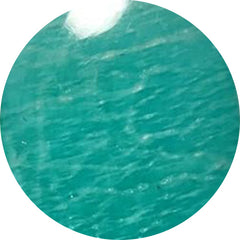 AMAZONITE (193)
AMAZONITE (193)
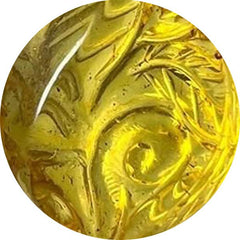 AMBER (137)
AMBER (137)
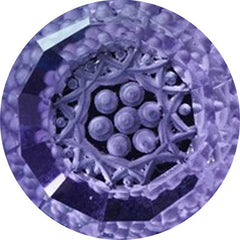 Amethyst (568)
Amethyst (568)
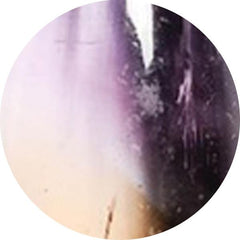 AMETRINE (0)
AMETRINE (0)
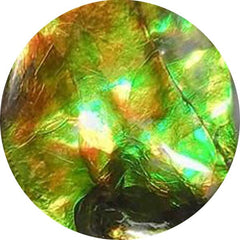 AMMOLITE (25)
AMMOLITE (25)
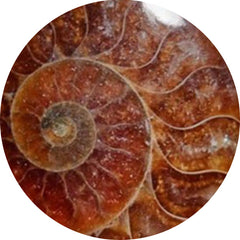 AMMONITE (94)
AMMONITE (94)
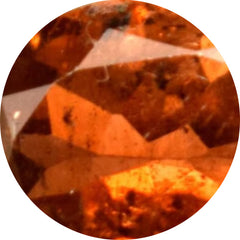 ANDALUSITE (1)
ANDALUSITE (1)
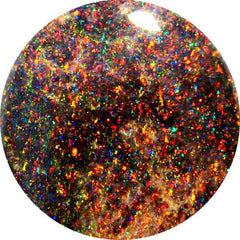 ANDAMOOKA OPAL (0)
ANDAMOOKA OPAL (0)
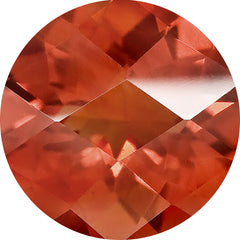 ANDESINE (1)
ANDESINE (1)
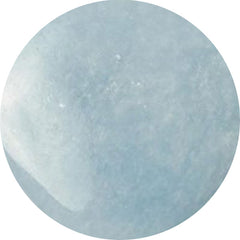 ANGELITE (32)
ANGELITE (32)
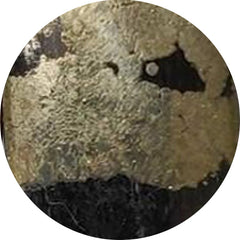 APACHE GOLD (24)
APACHE GOLD (24)
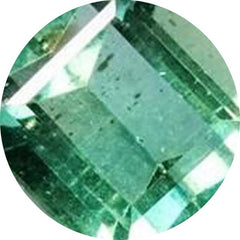 APATITE (129)
APATITE (129)
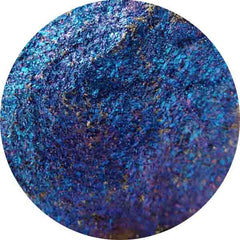 APOPHYLLITE (1)
APOPHYLLITE (1)
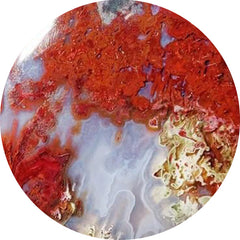 APPLE VALLEY AGATE (0)
APPLE VALLEY AGATE (0)
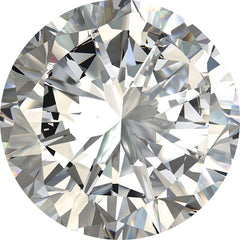 APRIL BIRTHSTONE (42)
APRIL BIRTHSTONE (42)
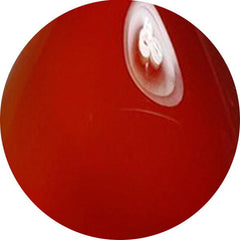 AQEEQ (0)
AQEEQ (0)
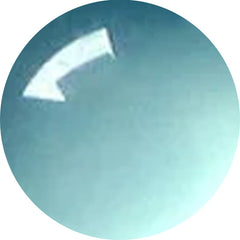 AQUA CHALCEDONY (26)
AQUA CHALCEDONY (26)
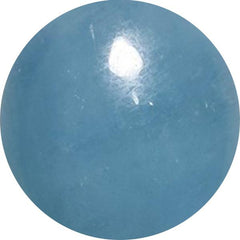 AQUAMARINE (106)
AQUAMARINE (106)
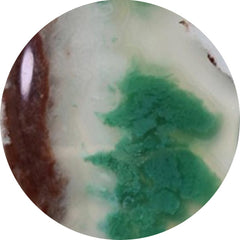 AQUAPRASE (64)
AQUAPRASE (64)
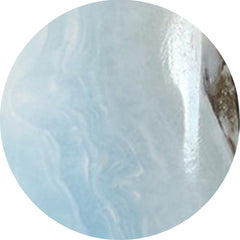 ARAGONITE (2)
ARAGONITE (2)
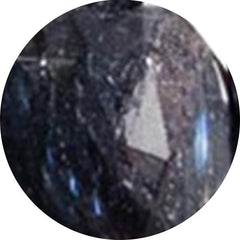 ARFVEDSONITE (12)
ARFVEDSONITE (12)
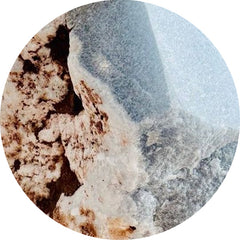 ARISTOLITE (0)
ARISTOLITE (0)
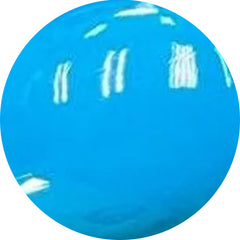 ARIZONA TURQUOISE (0)
ARIZONA TURQUOISE (0)
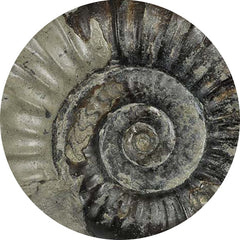 ARNIOCERAS SEMICOSTATUM FOSSIL (0)
ARNIOCERAS SEMICOSTATUM FOSSIL (0)
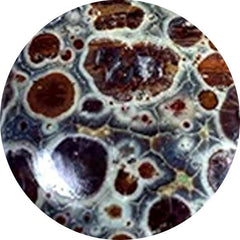 ASTEROID JASPER (11)
ASTEROID JASPER (11)
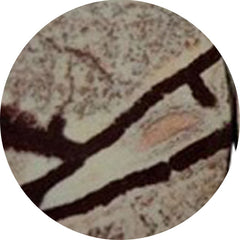 ASTROPHYLLITE (57)
ASTROPHYLLITE (57)
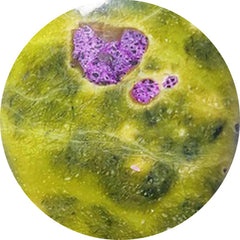 ATLANTASITE (92)
ATLANTASITE (92)
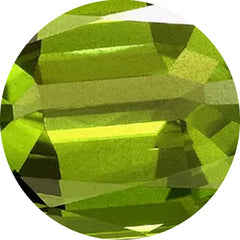 AUGUST BIRTHSTONE (24)
AUGUST BIRTHSTONE (24)
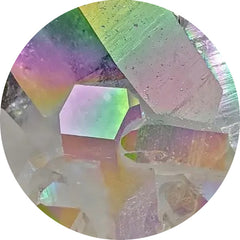 AURA QUARTZ (0)
AURA QUARTZ (0)
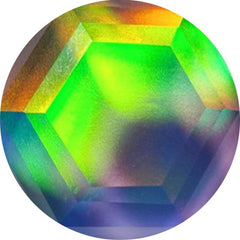 AURORA OPAL (277)
AURORA OPAL (277)
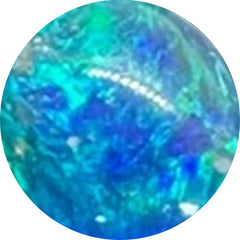 AUSTRALIAN OPAL (8)
AUSTRALIAN OPAL (8)
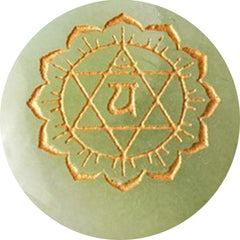 AVENTURINE (71)
AVENTURINE (71)
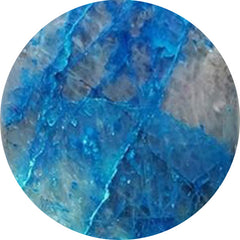 AZURITE (291)
AZURITE (291)
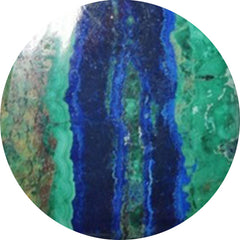 AZURITE MALACHITE (30)
AZURITE MALACHITE (30)
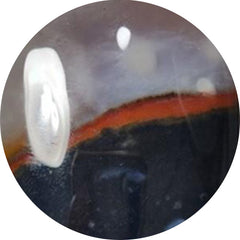 BANDED AGATE (85)
BANDED AGATE (85)
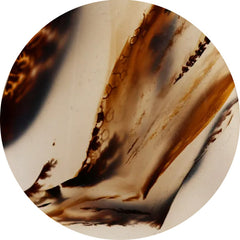 BARBER AGATE (0)
BARBER AGATE (0)
 BARITE (13)
BARITE (13)
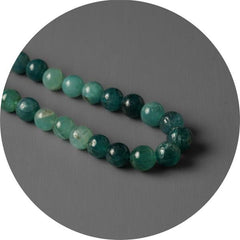 Beads (56)
Beads (56)
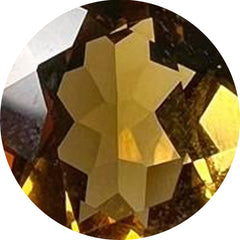 BEER QUARTZ (24)
BEER QUARTZ (24)
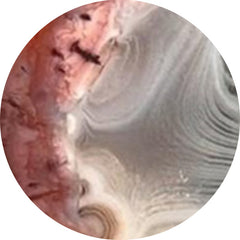 BERBER AGATE (5)
BERBER AGATE (5)
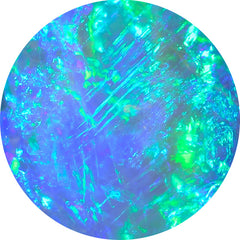 Best Seller (0)
Best Seller (0)
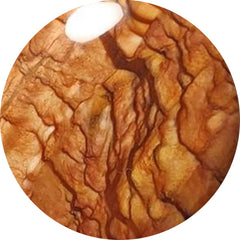 BIGGS JASPER (34)
BIGGS JASPER (34)
 Bird Carving (91)
Bird Carving (91)
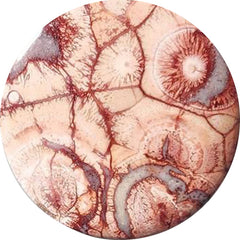 BIRD EYE JASPER (50)
BIRD EYE JASPER (50)
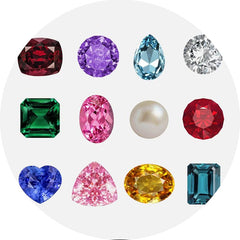 Birthstones (0)
Birthstones (0)
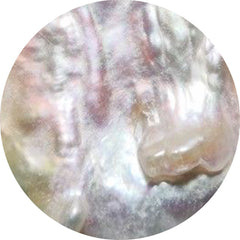 BIWA PEARL (37)
BIWA PEARL (37)
 Black Gemstones (979)
Black Gemstones (979)
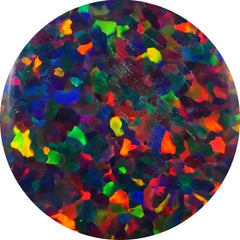 BLACK OPAL (37)
BLACK OPAL (37)
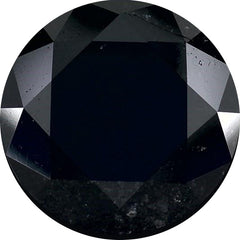 BLACK SPINEL (23)
BLACK SPINEL (23)
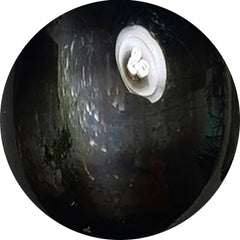 BLACK STAR (32)
BLACK STAR (32)
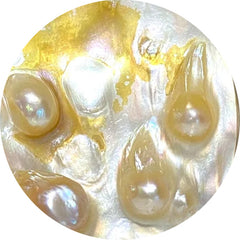 BLISTER PEARL (32)
BLISTER PEARL (32)
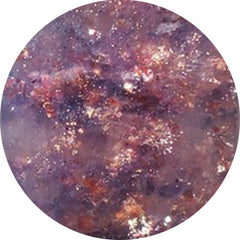 BLOODSHOT IOLITE (77)
BLOODSHOT IOLITE (77)
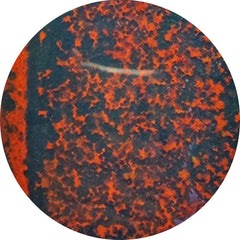 BLOODSTONE (71)
BLOODSTONE (71)
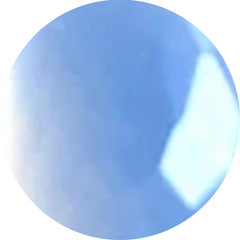 BLUE CHALCEDONY (44)
BLUE CHALCEDONY (44)
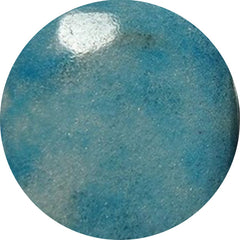 BLUE DIOPSIDE (0)
BLUE DIOPSIDE (0)
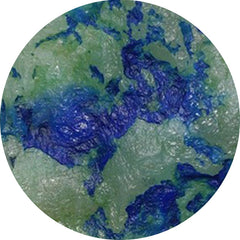 BLUE HORIZON (15)
BLUE HORIZON (15)
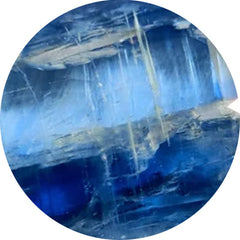 BLUE KYANITE (45)
BLUE KYANITE (45)
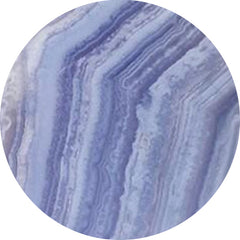 BLUE LACE AGATE (266)
BLUE LACE AGATE (266)
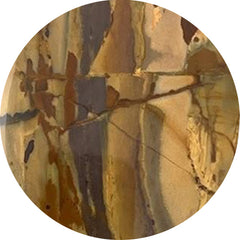 BLUE MOUNTAIN JASPER (0)
BLUE MOUNTAIN JASPER (0)
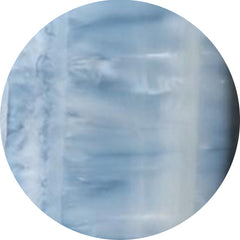 BLUE OPAL (171)
BLUE OPAL (171)
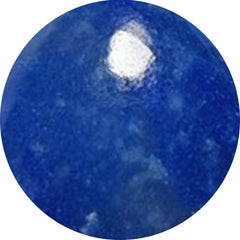 BLUE QUARTZ (40)
BLUE QUARTZ (40)
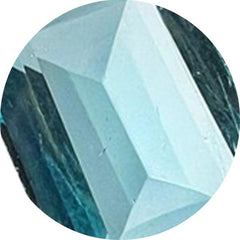 BLUE TOPAZ (66)
BLUE TOPAZ (66)
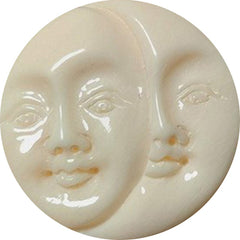 BONE (27)
BONE (27)
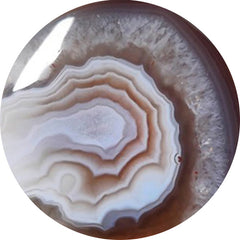 BOTSWANA AGATE (252)
BOTSWANA AGATE (252)
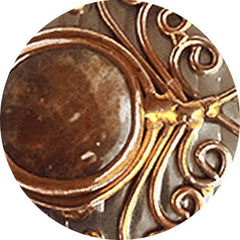 BRONZE (0)
BRONZE (0)
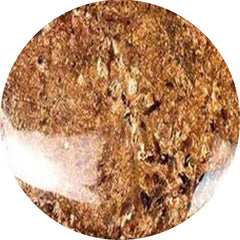 BRONZITE (2)
BRONZITE (2)
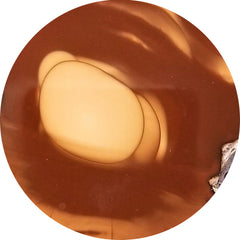 BRUNEAU JASPER (15)
BRUNEAU JASPER (15)
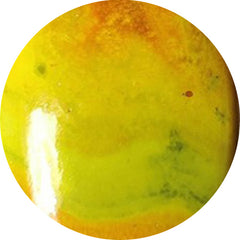 BUMBLE BEE JASPER (213)
BUMBLE BEE JASPER (213)
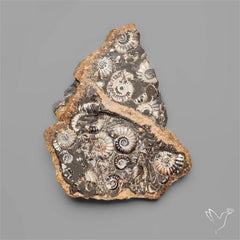 Buy Gemstones In USA (595)
Buy Gemstones In USA (595)
 Cabochon (0)
Cabochon (0)
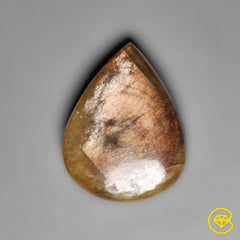 Cabochons (13326)
Cabochons (13326)
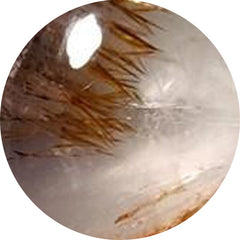 CACOXENITE (68)
CACOXENITE (68)
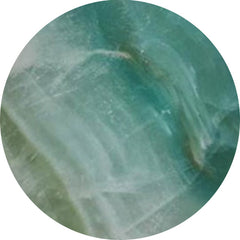 CALCITE (190)
CALCITE (190)
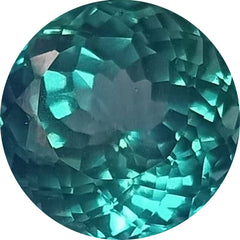 Calibrated (153)
Calibrated (153)
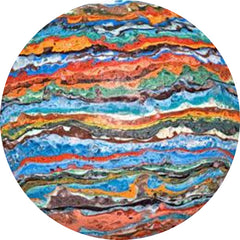 CALSILICA (0)
CALSILICA (0)
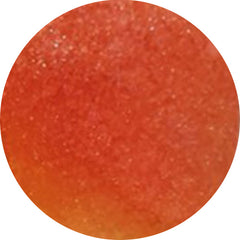 CANDY CORN (6)
CANDY CORN (6)
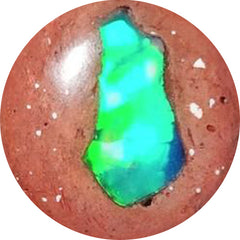 CANTERA OPAL (18)
CANTERA OPAL (18)
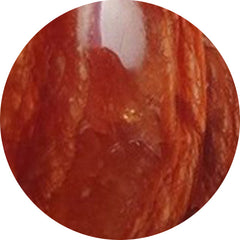 CARAMEL OPAL (3)
CARAMEL OPAL (3)
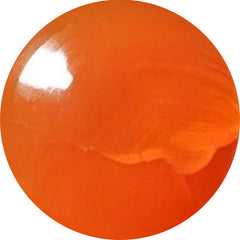 CARNELIAN AGATE (76)
CARNELIAN AGATE (76)
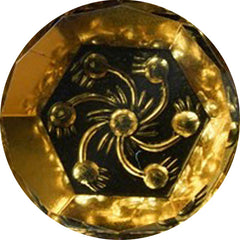 CARVING (1862)
CARVING (1862)
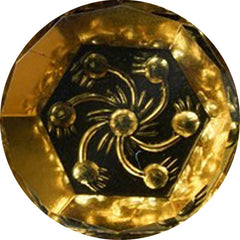 Carvings (2110)
Carvings (2110)
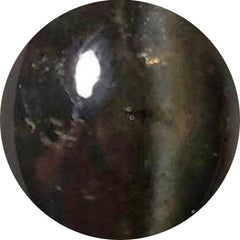 CATS EYE (65)
CATS EYE (65)
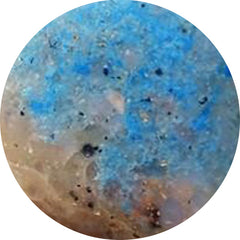 CAVANSITE (16)
CAVANSITE (16)
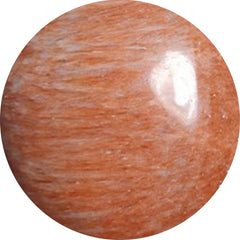 CELESTOBARITE (7)
CELESTOBARITE (7)
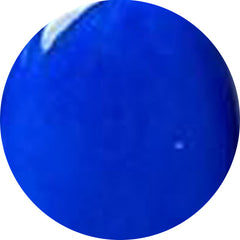 CERULEITE (0)
CERULEITE (0)
 CHAKRA STONE (1)
CHAKRA STONE (1)
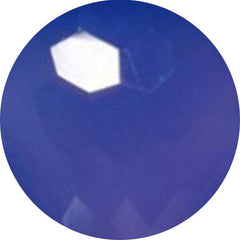 CHALCEDONY (487)
CHALCEDONY (487)
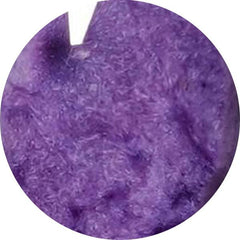 CHAROITE (191)
CHAROITE (191)
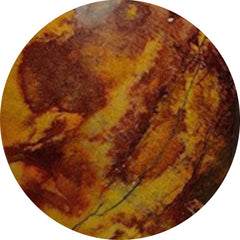 CHERRY CREEK JASPER (10)
CHERRY CREEK JASPER (10)
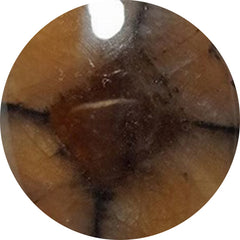 CHIASTOLITE (19)
CHIASTOLITE (19)
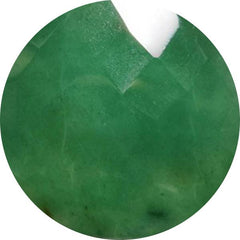 CHROME CHALCEDONY (85)
CHROME CHALCEDONY (85)
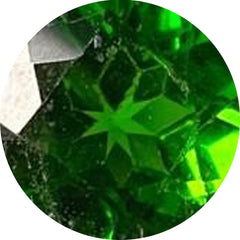 CHROME DIOPSIDE (23)
CHROME DIOPSIDE (23)
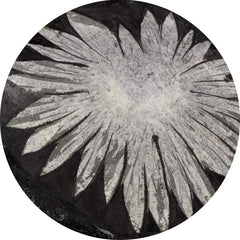 CHRYSANTHEMUM FOSSIL (0)
CHRYSANTHEMUM FOSSIL (0)
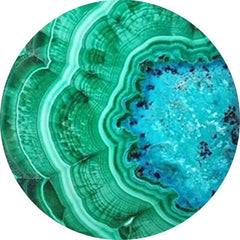 CHRYSOCOLLA (385)
CHRYSOCOLLA (385)
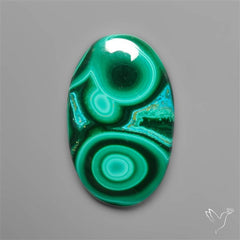 Chrysocolla Malachite (78)
Chrysocolla Malachite (78)
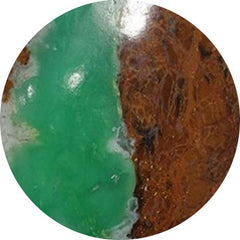 CHRYSOPRASE (290)
CHRYSOPRASE (290)
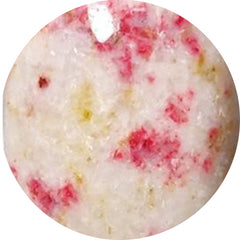 CINNABAR (20)
CINNABAR (20)
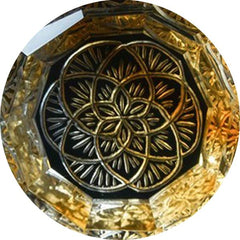 CITRINE (96)
CITRINE (96)
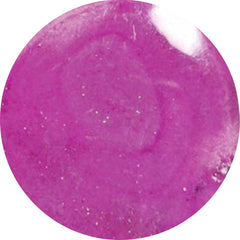 COBALTO CALCITE (67)
COBALTO CALCITE (67)
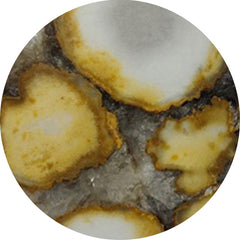 COBRA JASPER (30)
COBRA JASPER (30)
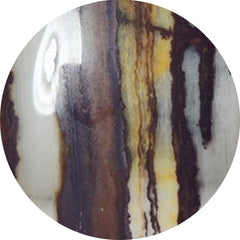 COCONUT JASPER (2)
COCONUT JASPER (2)
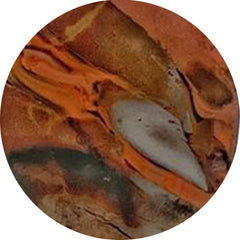 COFFEE BEAN JASPER (2)
COFFEE BEAN JASPER (2)
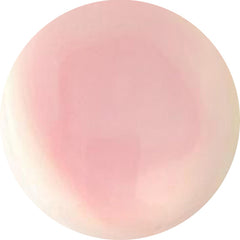 CONCH SHELL (9)
CONCH SHELL (9)
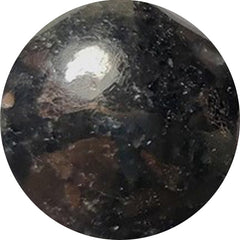 COPPERNITE (0)
COPPERNITE (0)
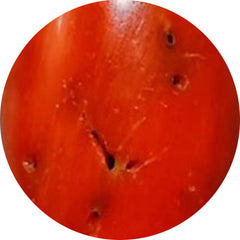 CORAL (357)
CORAL (357)
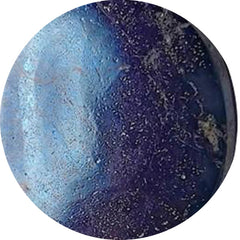 COVELLITE (8)
COVELLITE (8)
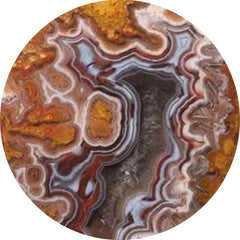 CRAZY LACE AGATE (195)
CRAZY LACE AGATE (195)
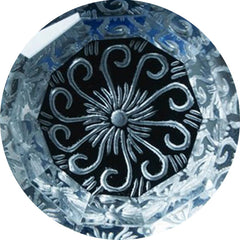 CRYSTAL (223)
CRYSTAL (223)
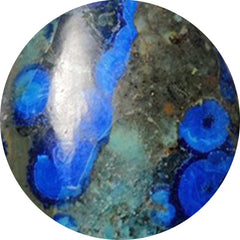 CUPRITE (34)
CUPRITE (34)
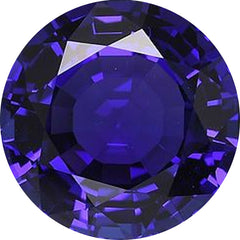 DECEMBER BIRTHSTONE (66)
DECEMBER BIRTHSTONE (66)
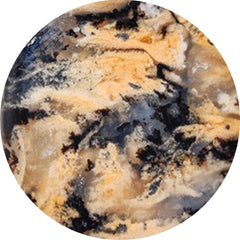 DENDRITIC AGATE (492)
DENDRITIC AGATE (492)
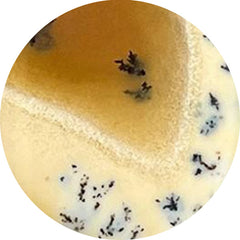 DENDRITIC OPAL (84)
DENDRITIC OPAL (84)
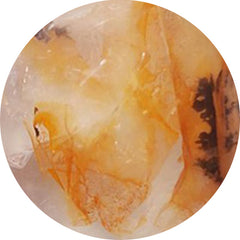 DENDRITIC QUARTZ (2)
DENDRITIC QUARTZ (2)
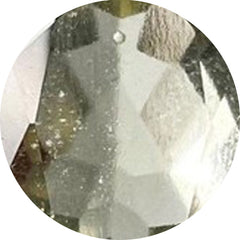 DESERT GLASS (9)
DESERT GLASS (9)
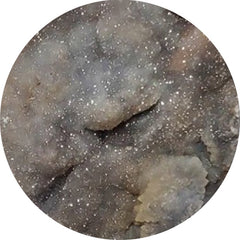 DESERT JASPER DRUZY (14)
DESERT JASPER DRUZY (14)
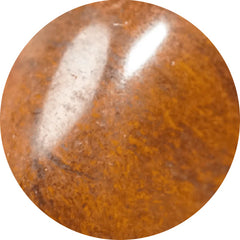 DESERT SUNSET JASPER (9)
DESERT SUNSET JASPER (9)
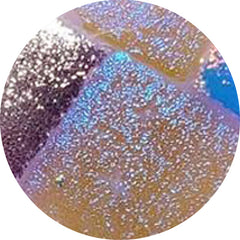 DICHROIC GLASS (145)
DICHROIC GLASS (145)
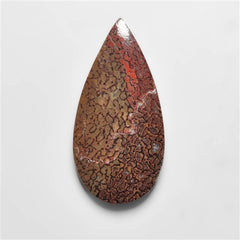 DINOSAUR BONE FOSSIL (18)
DINOSAUR BONE FOSSIL (18)
 DIOPSIDE (57)
DIOPSIDE (57)
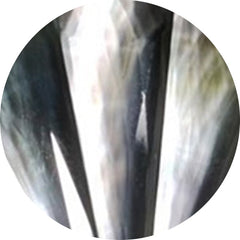 Doublets (854)
Doublets (854)
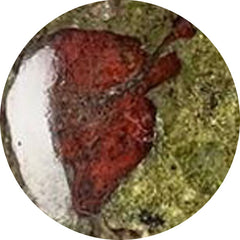 DRAGONBLOOD JASPER (1)
DRAGONBLOOD JASPER (1)
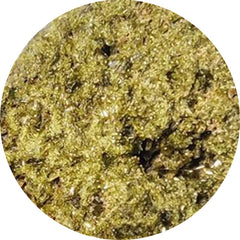 DRUZY (413)
DRUZY (413)
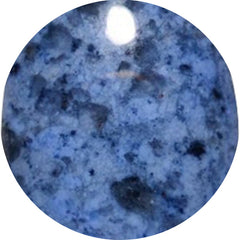 DUMORTIERITE (63)
DUMORTIERITE (63)
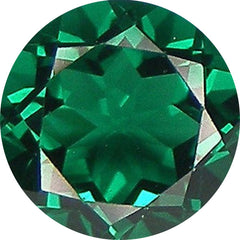 EMERALD (68)
EMERALD (68)
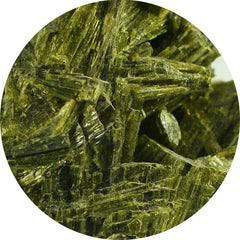 EPIDOTE (10)
EPIDOTE (10)
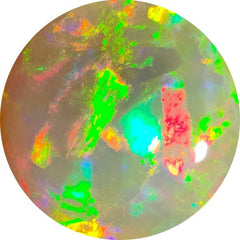 ETHIOPIAN OPAL (46)
ETHIOPIAN OPAL (46)
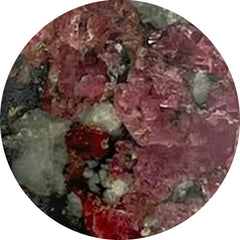 EUDIALYTE (18)
EUDIALYTE (18)
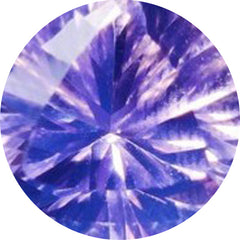 FACETED ROSE CUT (2077)
FACETED ROSE CUT (2077)
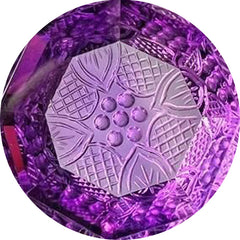 FANTASY CUTS (55)
FANTASY CUTS (55)
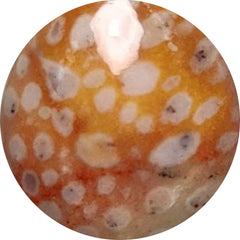 FAWN JASPER (14)
FAWN JASPER (14)
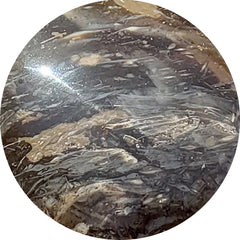 FEATHER AGATE (0)
FEATHER AGATE (0)
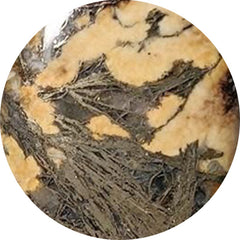 FEATHER PYRITE (39)
FEATHER PYRITE (39)
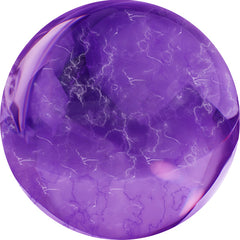 FEBRUARY BIRTHSTONE (568)
FEBRUARY BIRTHSTONE (568)
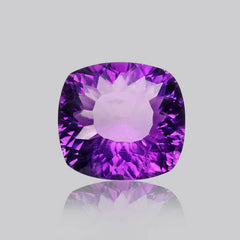 Fine Amethyst (27)
Fine Amethyst (27)
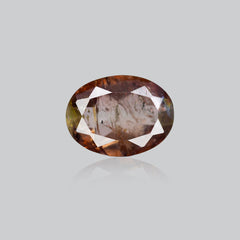 Fine Andalusite (1)
Fine Andalusite (1)
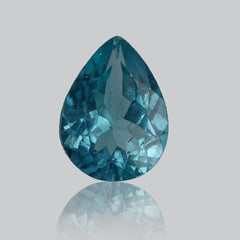 Fine Apatite (7)
Fine Apatite (7)
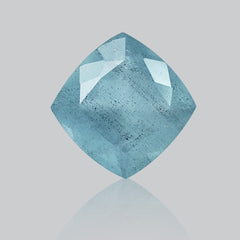 Fine Aquamarine (10)
Fine Aquamarine (10)
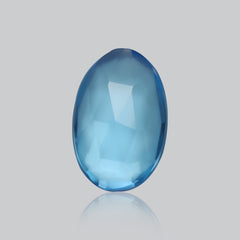 Fine Blue Topaz (43)
Fine Blue Topaz (43)
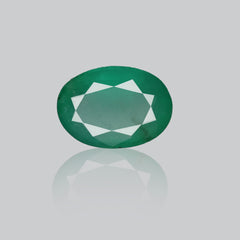 Fine Emerald (14)
Fine Emerald (14)
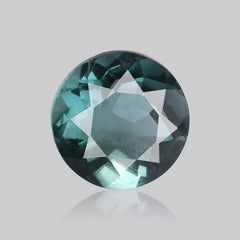 Fine Fluorite (12)
Fine Fluorite (12)
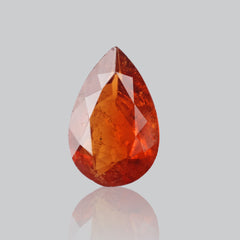 Fine Garnet (27)
Fine Garnet (27)
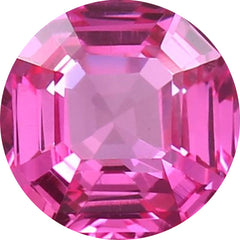 Fine Gemstone (0)
Fine Gemstone (0)
 Fine Iolite (10)
Fine Iolite (10)
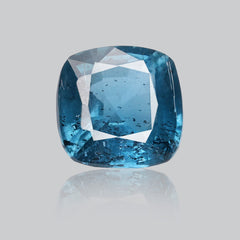 Fine Kyanite (33)
Fine Kyanite (33)
 Fine Moonstone (12)
Fine Moonstone (12)
 Fine Peridot (21)
Fine Peridot (21)
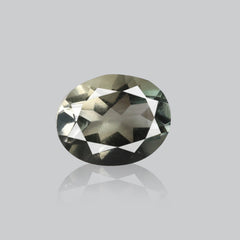 Fine Prasiolite (27)
Fine Prasiolite (27)
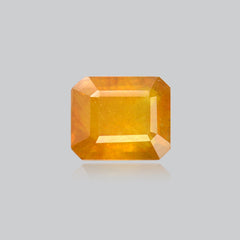 Fine Sapphire (1)
Fine Sapphire (1)
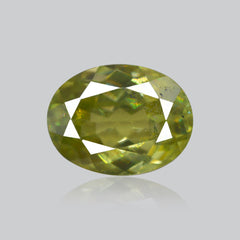 Fine Sphene (17)
Fine Sphene (17)
 Fine Sunstone (5)
Fine Sunstone (5)
 Fine Tanzanite (27)
Fine Tanzanite (27)
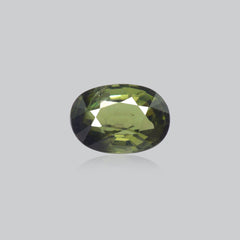 Fine Tourmaline (5)
Fine Tourmaline (5)
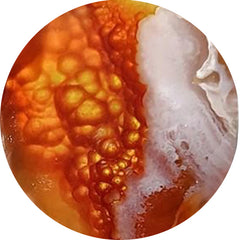 FIRE AGATE (7)
FIRE AGATE (7)
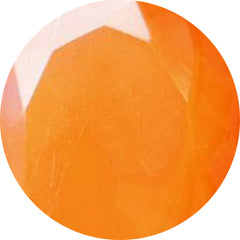 FIRE OPALS (8)
FIRE OPALS (8)
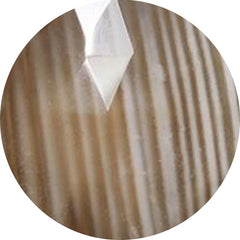 FLINT STONE (10)
FLINT STONE (10)
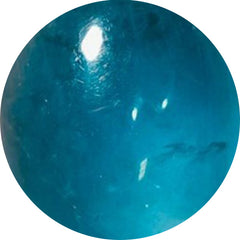 FLUORITE (188)
FLUORITE (188)
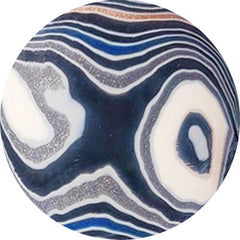 FORDITE (59)
FORDITE (59)
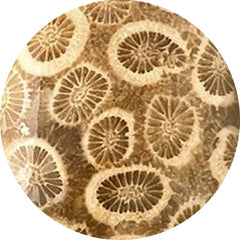 FOSSIL CORAL (309)
FOSSIL CORAL (309)
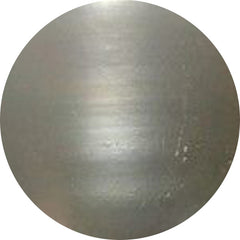 FOSSIL MARSTON MARBLE (24)
FOSSIL MARSTON MARBLE (24)
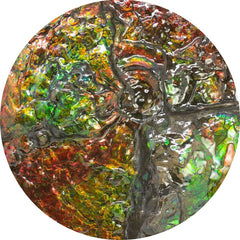 Fossils (559)
Fossils (559)
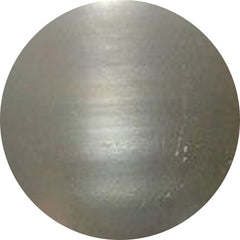 FRESHWATER PEARL (26)
FRESHWATER PEARL (26)
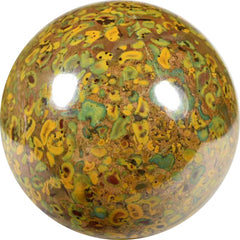 FRUIT JASPER (14)
FRUIT JASPER (14)
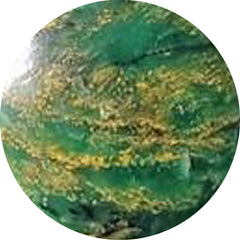 FUCHSITE (7)
FUCHSITE (7)
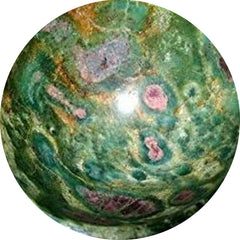 FUSCHITE (11)
FUSCHITE (11)
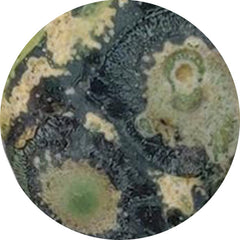 GALAXY JASPER (3)
GALAXY JASPER (3)
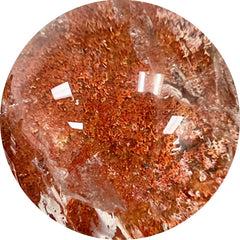 GARDEN QUARTZ (6)
GARDEN QUARTZ (6)
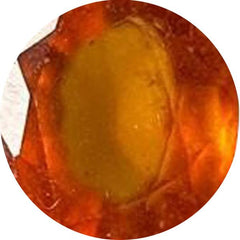 GARNET (122)
GARNET (122)
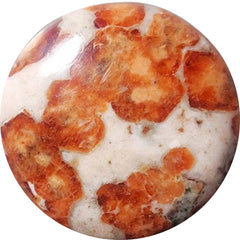 GARNET IN LIMESTONE (36)
GARNET IN LIMESTONE (36)
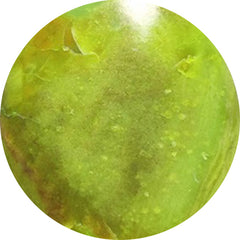 GASPEITE (22)
GASPEITE (22)
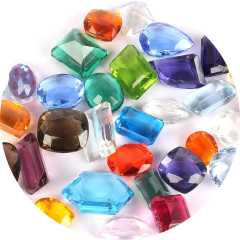 GEMSTONE LOTS (468)
GEMSTONE LOTS (468)
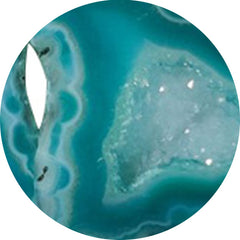 GEODE (17)
GEODE (17)
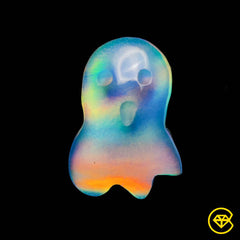 Ghost carving (67)
Ghost carving (67)
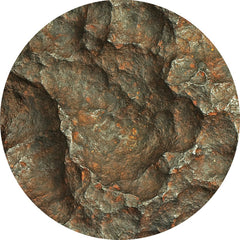 GIBEON METEORITE (37)
GIBEON METEORITE (37)
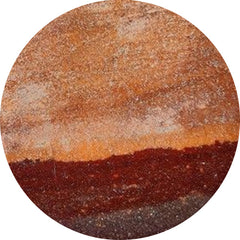 GILA MONSTER AGATE (16)
GILA MONSTER AGATE (16)
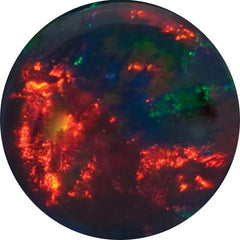 GILSON OPAL (23)
GILSON OPAL (23)
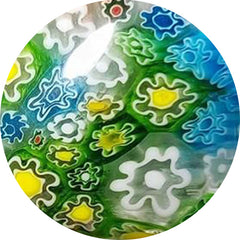 GLASS (165)
GLASS (165)
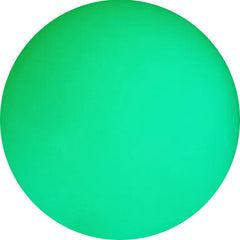 GLOW STONE (15)
GLOW STONE (15)
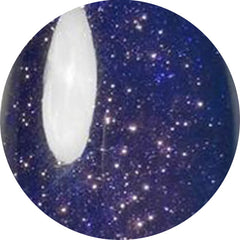 GOLDSTONE (37)
GOLDSTONE (37)
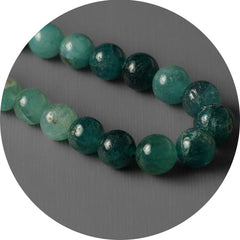 GRANDIDIERITE (8)
GRANDIDIERITE (8)
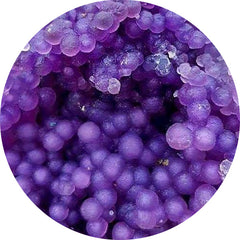 GRAPE AGATE (114)
GRAPE AGATE (114)
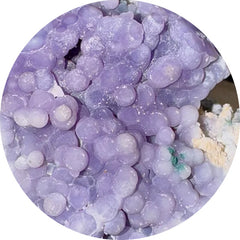 GRAPE CHALCEDONY (4)
GRAPE CHALCEDONY (4)
 Green Gemstones (425)
Green Gemstones (425)
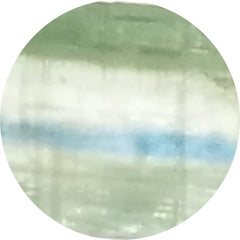 GREEN KYANITE (12)
GREEN KYANITE (12)
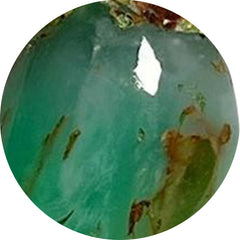 GREEN PRASE OPAL (12)
GREEN PRASE OPAL (12)
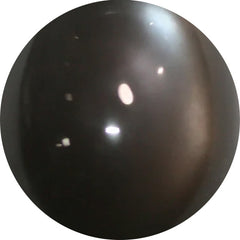 GREY MOONSTONE (32)
GREY MOONSTONE (32)
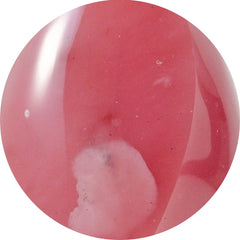 GUAVA QUARTZ (9)
GUAVA QUARTZ (9)
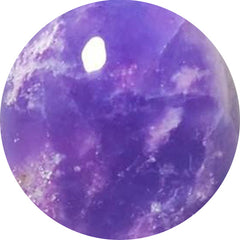 HACKMANITE (12)
HACKMANITE (12)
 HEART CARVING (353)
HEART CARVING (353)
 Heart Shape Gemstones (5)
Heart Shape Gemstones (5)
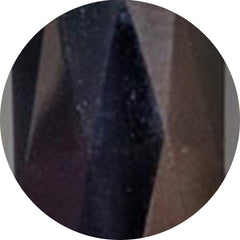 HEMATITE (37)
HEMATITE (37)
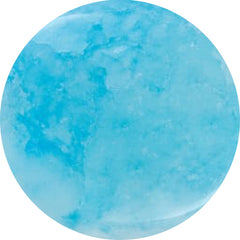 HEMIMORPHITE (57)
HEMIMORPHITE (57)
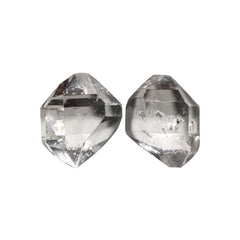 Herkimer Diamond (42)
Herkimer Diamond (42)
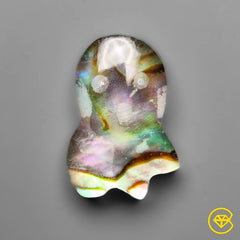 Himalayan Quartz (473)
Himalayan Quartz (473)
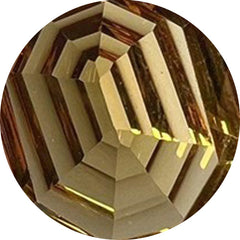 HONEY QUARTZ (21)
HONEY QUARTZ (21)
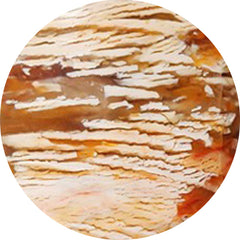 HOWARDITE OPAL (29)
HOWARDITE OPAL (29)
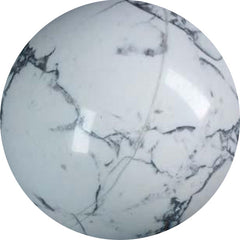 HOWLITE (4)
HOWLITE (4)
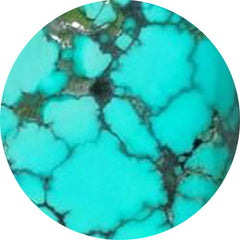 HUBEI TURQUOISE (64)
HUBEI TURQUOISE (64)
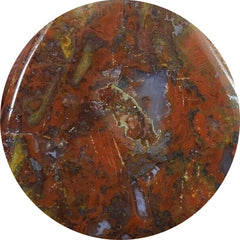 HUNGARIAN AGATE (1)
HUNGARIAN AGATE (1)
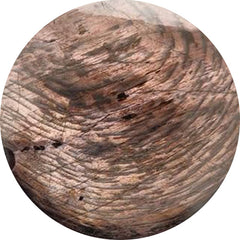 HYPERSTHENE (46)
HYPERSTHENE (46)
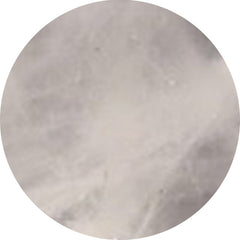 ICE QUARTZ (0)
ICE QUARTZ (0)
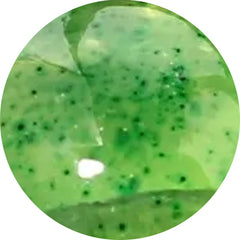 IDOCRASE (1)
IDOCRASE (1)
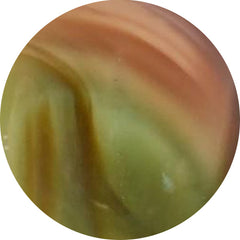 IMPERIAL JASPER (83)
IMPERIAL JASPER (83)
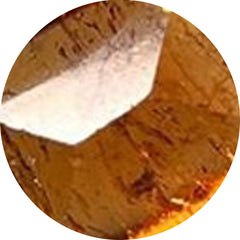 IMPERIAL TOPAZ (0)
IMPERIAL TOPAZ (0)
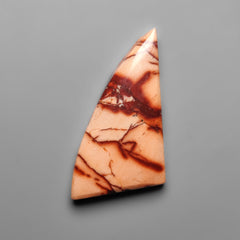 INDIAN PAINT STONE (5)
INDIAN PAINT STONE (5)
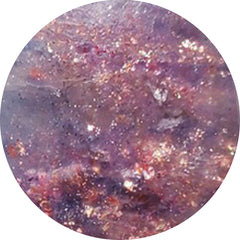 IOLITE (143)
IOLITE (143)
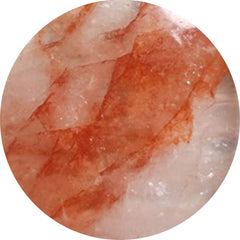 IRON QUARTZ (52)
IRON QUARTZ (52)
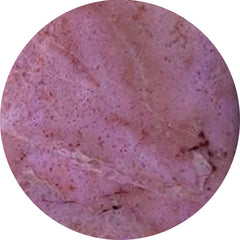 JADE (37)
JADE (37)
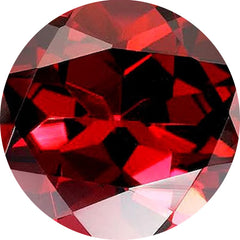 JANUARY BIRTHSTONE (122)
JANUARY BIRTHSTONE (122)
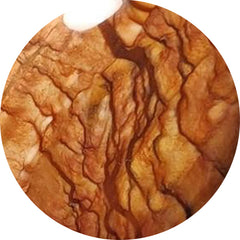 JASPERS (42)
JASPERS (42)
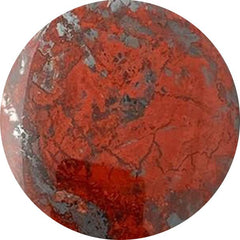 JASPILLITE (5)
JASPILLITE (5)
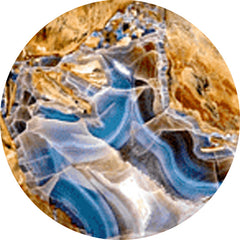 JAVA CHALCEDONY (16)
JAVA CHALCEDONY (16)
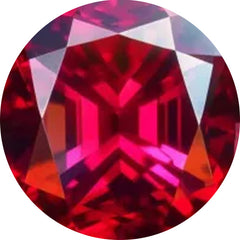 JULY BIRTHSTONE (189)
JULY BIRTHSTONE (189)
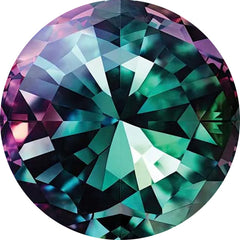 June Birthstones: Moonstone, Pearl, and Alexandrite (643)
June Birthstones: Moonstone, Pearl, and Alexandrite (643)
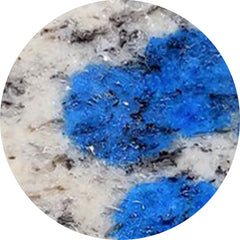 K2 JASPER (9)
K2 JASPER (9)
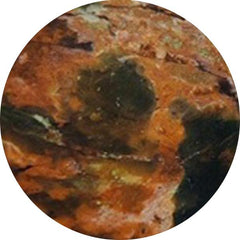 KALEIDOSCOPE AGATE (0)
KALEIDOSCOPE AGATE (0)
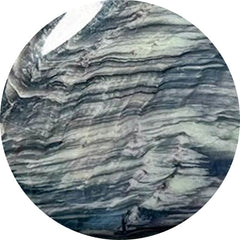 KAMMERERITE (110)
KAMMERERITE (110)
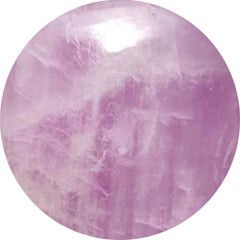 KUNZITE (7)
KUNZITE (7)
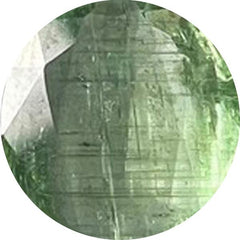 KYANITE (106)
KYANITE (106)
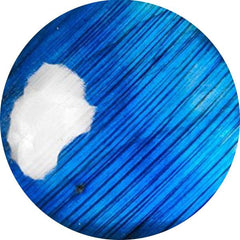 LABRADORITE (281)
LABRADORITE (281)
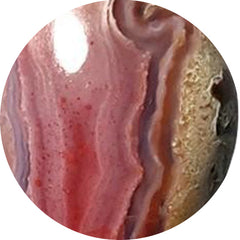 LAGUNA LACE AGATE (61)
LAGUNA LACE AGATE (61)
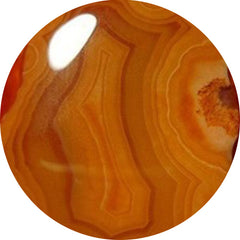 LAKE SUPERIOR AGATE (29)
LAKE SUPERIOR AGATE (29)
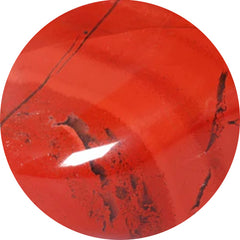 LANDSCAPE JASPER (0)
LANDSCAPE JASPER (0)
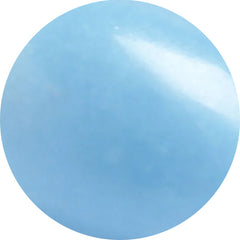 LANGITE (0)
LANGITE (0)
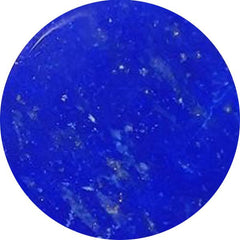 LAPIS LAZULI (183)
LAPIS LAZULI (183)
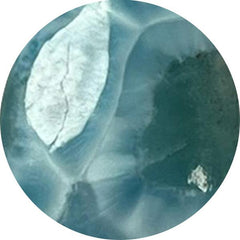 LARIMAR (106)
LARIMAR (106)
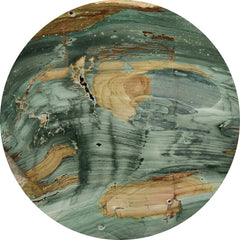 LARSONITE (19)
LARSONITE (19)
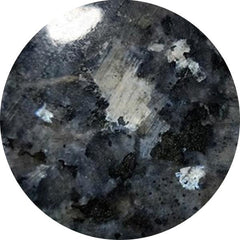 LARVIKITE FELDSPAR (46)
LARVIKITE FELDSPAR (46)
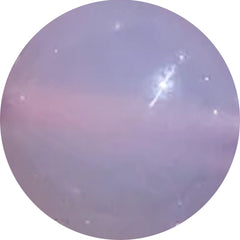 LAVENDER CHALCEDONY (32)
LAVENDER CHALCEDONY (32)
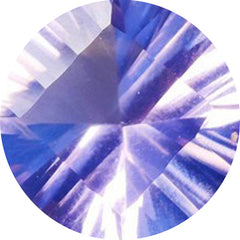 LAVENDER QUARTZ (5)
LAVENDER QUARTZ (5)
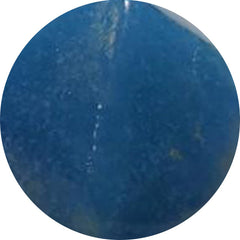 LAZULITE (8)
LAZULITE (8)
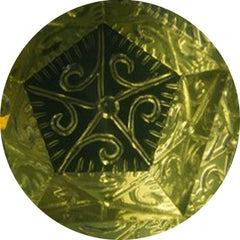 LEMON QUARTZ (45)
LEMON QUARTZ (45)
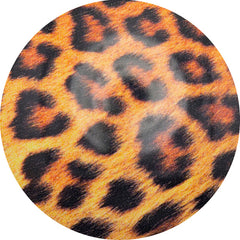 LEOPARD SKIN SHELL (0)
LEOPARD SKIN SHELL (0)
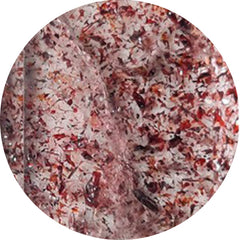 LEPIDOCROCITE (8)
LEPIDOCROCITE (8)
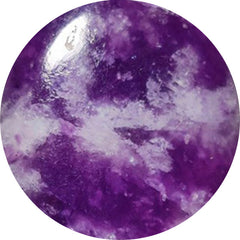 LEPIDOLITE (85)
LEPIDOLITE (85)
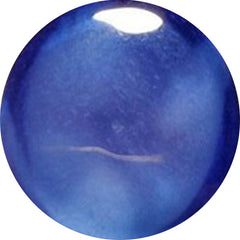 LINDY STAR SAPPHIRE (0)
LINDY STAR SAPPHIRE (0)
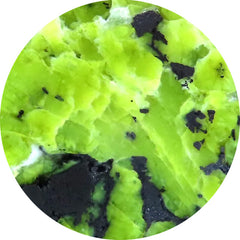 LIZARDITE (59)
LIZARDITE (59)
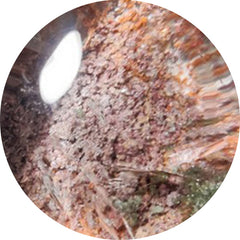 LODOLITE (96)
LODOLITE (96)
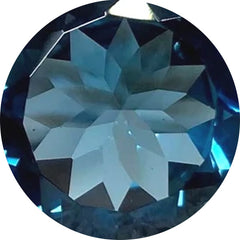 LONDON BLUE TOPAZ (22)
LONDON BLUE TOPAZ (22)
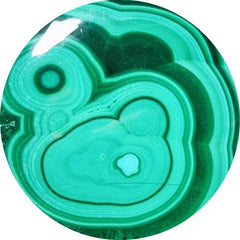 MALACHITE (617)
MALACHITE (617)
 Malawi Moonstone (15)
Malawi Moonstone (15)
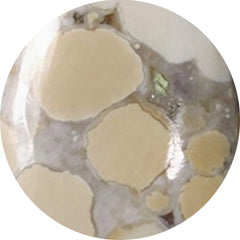 MALIGANO JASPER (73)
MALIGANO JASPER (73)
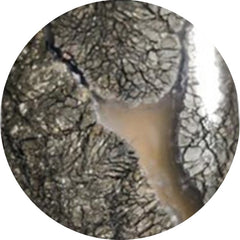 MARCASITE (28)
MARCASITE (28)
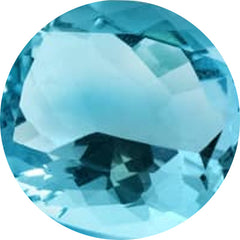 MARCH BIRTHSTONE (106)
MARCH BIRTHSTONE (106)
 Marquise Shape Gemstones (6)
Marquise Shape Gemstones (6)
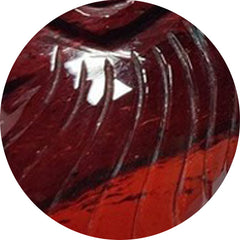 MARY ELLEN JASPER (0)
MARY ELLEN JASPER (0)
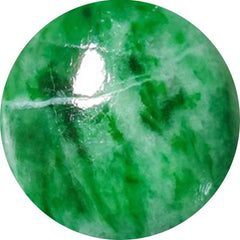 MAW SIT SIT (19)
MAW SIT SIT (19)
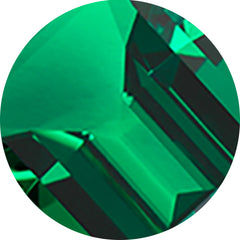 MAY BIRTHSTONE (68)
MAY BIRTHSTONE (68)
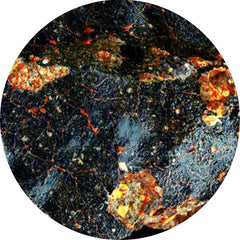 METEORITE (37)
METEORITE (37)
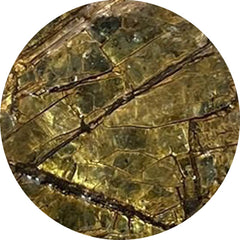 MICA (45)
MICA (45)
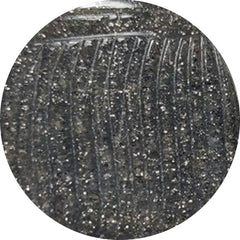 MIDNIGHT QUARTZITE (21)
MIDNIGHT QUARTZITE (21)
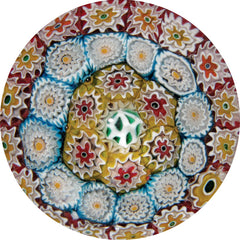 MILLEFIORI GLASS (2)
MILLEFIORI GLASS (2)
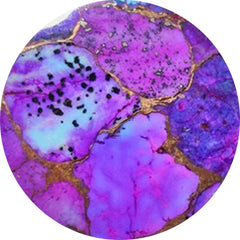 MOHAVE TURQUOISE (84)
MOHAVE TURQUOISE (84)
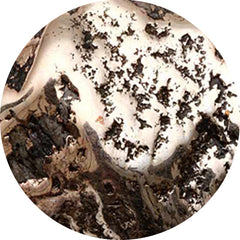 MOHAWKITES (0)
MOHAWKITES (0)
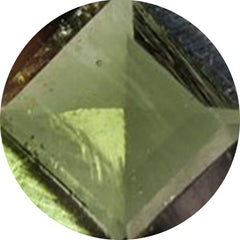 MOLDAVITE (27)
MOLDAVITE (27)
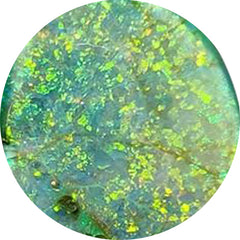 MONARCH OPAL (11)
MONARCH OPAL (11)
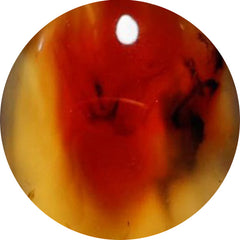 MONTANA AGATE (102)
MONTANA AGATE (102)
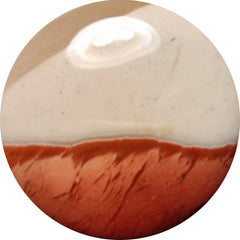 MOOKAITE (39)
MOOKAITE (39)
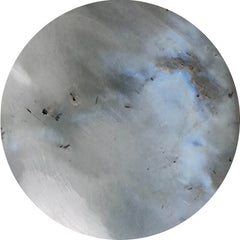 MOONSTONE (291)
MOONSTONE (291)
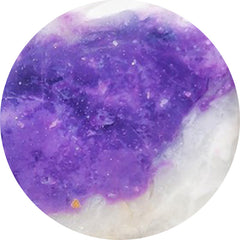 MORADO OPAL (1)
MORADO OPAL (1)
 Morenci Turquoise (0)
Morenci Turquoise (0)
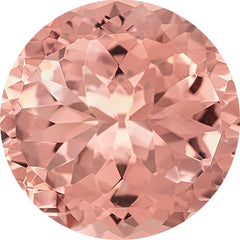 MORGANITE (0)
MORGANITE (0)
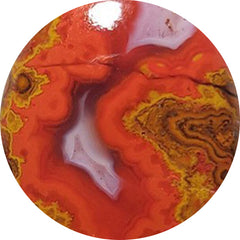 MOROCCAN SEAM AGATE (110)
MOROCCAN SEAM AGATE (110)
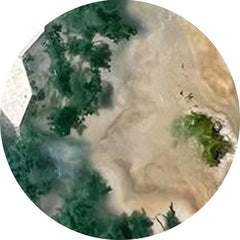 MOSS AGATE (416)
MOSS AGATE (416)
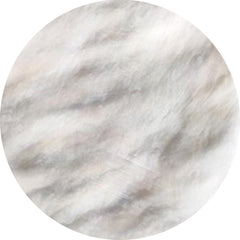 MOTHER OF PEARL (506)
MOTHER OF PEARL (506)
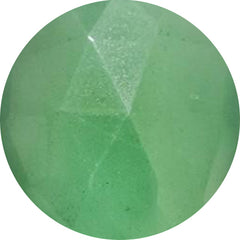 MTOROLITE (47)
MTOROLITE (47)
 Mughal Carving (526)
Mughal Carving (526)
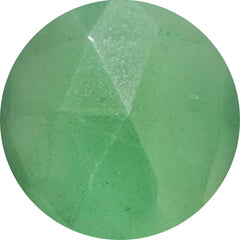 MUSCOVITE (21)
MUSCOVITE (21)
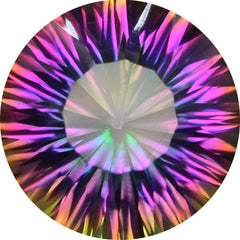 MYSTIC QUARTZ (1)
MYSTIC QUARTZ (1)
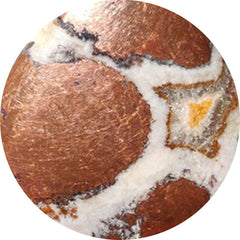 NATIVE COPPER (35)
NATIVE COPPER (35)
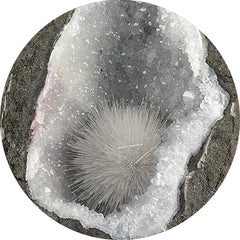 NATROLITE (27)
NATROLITE (27)
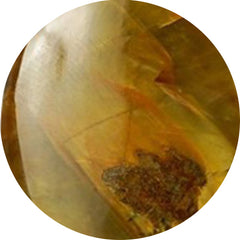 NELLITE (8)
NELLITE (8)
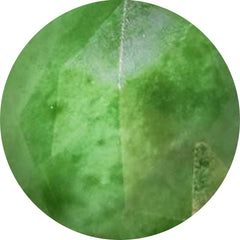 NEPHRITE JADE (4)
NEPHRITE JADE (4)
 New Arrivals (491)
New Arrivals (491)
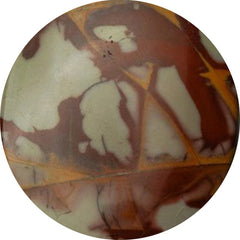 NOREENA JASPER (34)
NOREENA JASPER (34)
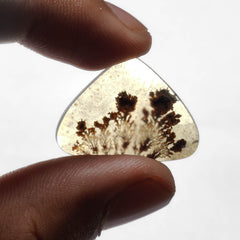 NOVEMBER BIRTHSTONE (95)
NOVEMBER BIRTHSTONE (95)
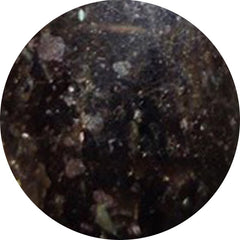 NUUMMITE (0)
NUUMMITE (0)
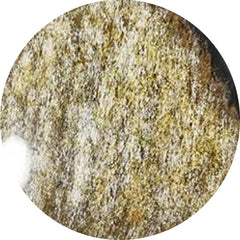 OBSIDIAN (373)
OBSIDIAN (373)
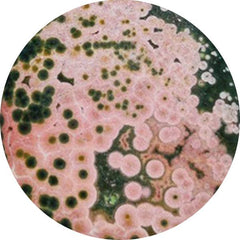 OCEAN JASPER (289)
OCEAN JASPER (289)
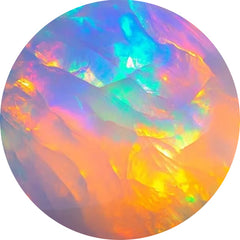 OCTOBER BIRTHSTONE (180)
OCTOBER BIRTHSTONE (180)
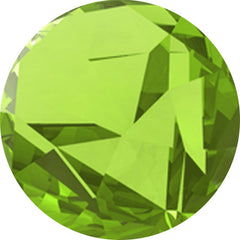 OLIVE QUARTZ (6)
OLIVE QUARTZ (6)
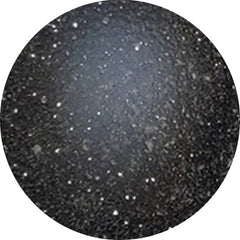 ONYX (297)
ONYX (297)
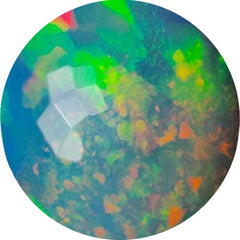 Opal (1052)
Opal (1052)
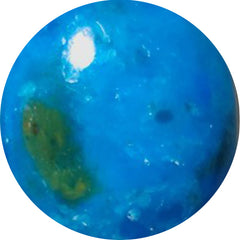 OPALINA (11)
OPALINA (11)
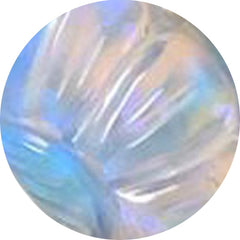 OPALITE (27)
OPALITE (27)
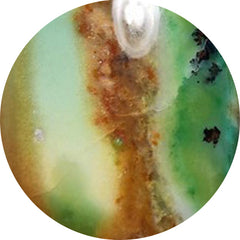 OPALWOOD (5)
OPALWOOD (5)
 Orange Gemstones (342)
Orange Gemstones (342)
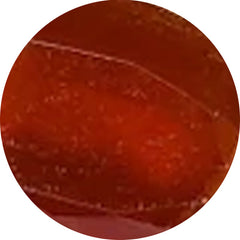 ORANGE KYANITE (3)
ORANGE KYANITE (3)
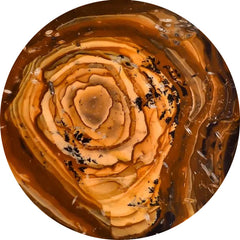 OREGON JASPER (7)
OREGON JASPER (7)
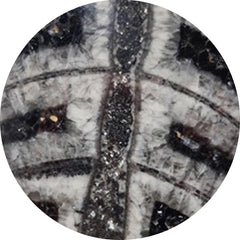 ORTHOCERAS FOSSIL (43)
ORTHOCERAS FOSSIL (43)
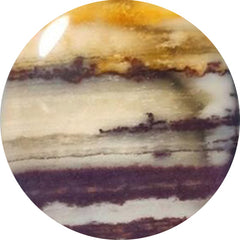 OUTBACK JASPER (5)
OUTBACK JASPER (5)
 Oval Shape Gemstones (7)
Oval Shape Gemstones (7)
 OVER $50 (195)
OVER $50 (195)
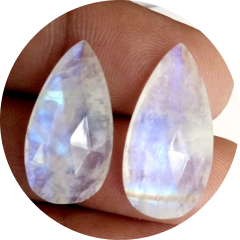 Pairs (1136)
Pairs (1136)
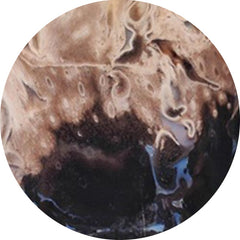 PALMROOT AGATE (62)
PALMROOT AGATE (62)
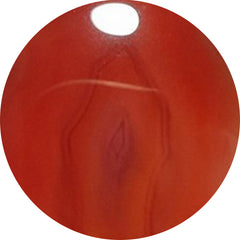 PASSION AGATE (1)
PASSION AGATE (1)
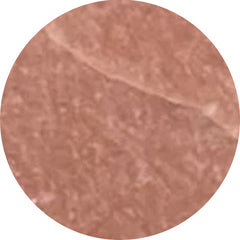 PEACH MOONSTONE (53)
PEACH MOONSTONE (53)
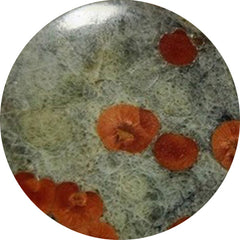 PEANUT OBSIDIAN (45)
PEANUT OBSIDIAN (45)
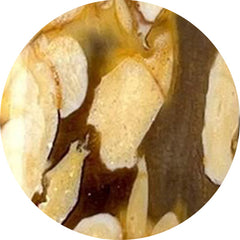 PEANUT WOOD JASPER (91)
PEANUT WOOD JASPER (91)
 Pear Shape Gemstones (11)
Pear Shape Gemstones (11)
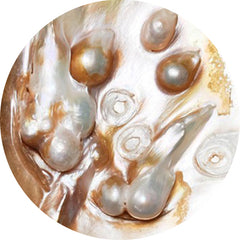 PEARL (643)
PEARL (643)
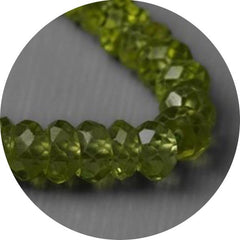 PERIDOT (24)
PERIDOT (24)
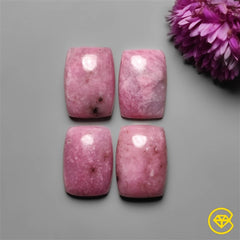 PETALITE (23)
PETALITE (23)
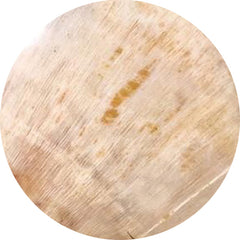 PETRIFIED WOOD (50)
PETRIFIED WOOD (50)
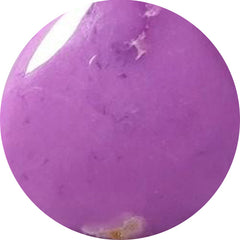 PHOSPHOSIDERITE (97)
PHOSPHOSIDERITE (97)
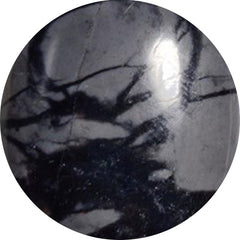 PICASSO JASPER (76)
PICASSO JASPER (76)
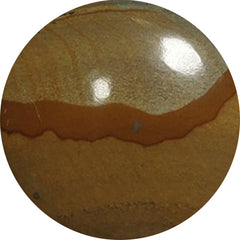 PICTURE JASPER (76)
PICTURE JASPER (76)
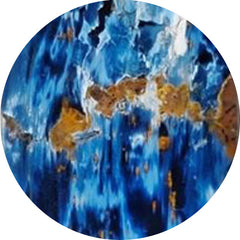 PIETERSITE (65)
PIETERSITE (65)
 Pink Gemstones (426)
Pink Gemstones (426)
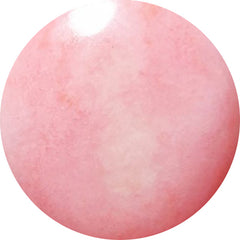 PINK OPAL (156)
PINK OPAL (156)
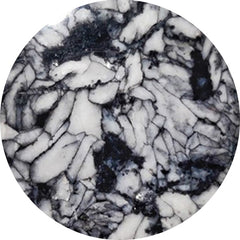 PINOLITH (38)
PINOLITH (38)
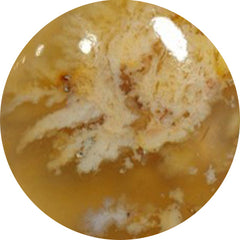 PLUME AGATE (99)
PLUME AGATE (99)
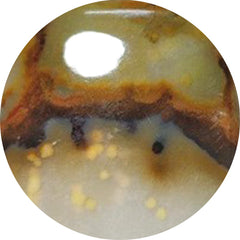 POLKA DOT AGATE (41)
POLKA DOT AGATE (41)
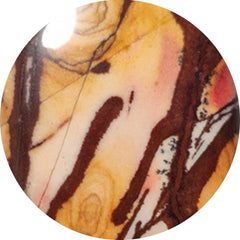 POLYCHROME JASPER (51)
POLYCHROME JASPER (51)
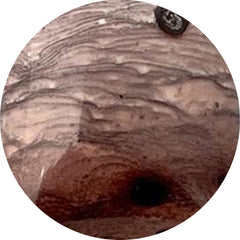 PORCELAIN JASPER (33)
PORCELAIN JASPER (33)
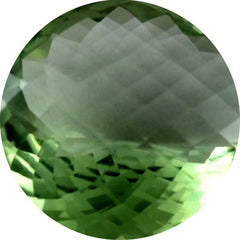 PRASIOLITE (49)
PRASIOLITE (49)
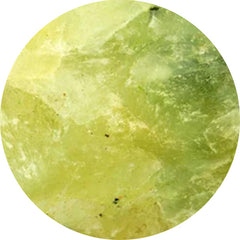 PREHNITE (25)
PREHNITE (25)
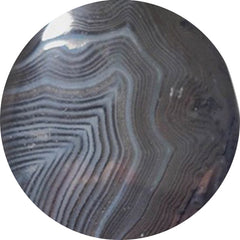 PSILOMELANE (25)
PSILOMELANE (25)
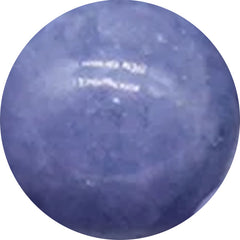 PURPLE CHALCEDONY (45)
PURPLE CHALCEDONY (45)
 Purple Gemstones (951)
Purple Gemstones (951)
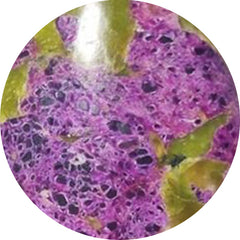 PURPURITE (9)
PURPURITE (9)
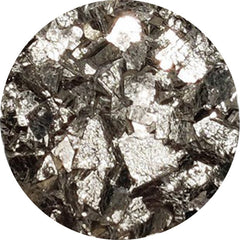 PYRITE (138)
PYRITE (138)
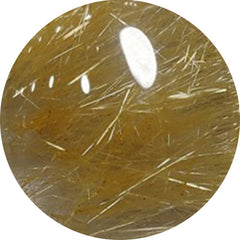 QUARTZ (133)
QUARTZ (133)
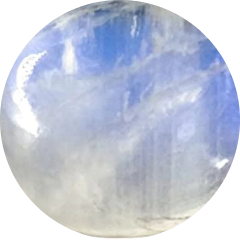 Rain Moonstones (0)
Rain Moonstones (0)
 RAINBOW CALCILICA (13)
RAINBOW CALCILICA (13)
 RAINBOW MOONSTONE (77)
RAINBOW MOONSTONE (77)
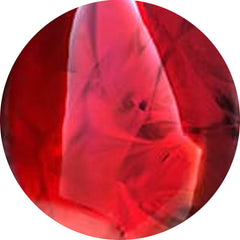 RED FOSSIL (0)
RED FOSSIL (0)
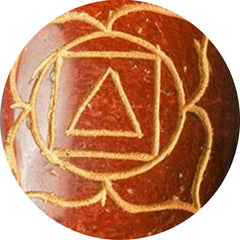 RED JASPER (3)
RED JASPER (3)
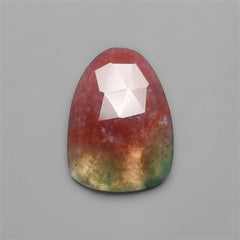 Red Moss Agate (87)
Red Moss Agate (87)
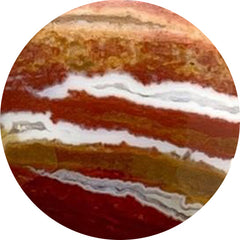 RED RIVER JASPER (16)
RED RIVER JASPER (16)
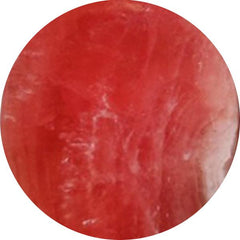 RHODOCHROSITE (365)
RHODOCHROSITE (365)
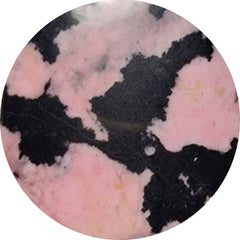 RHODONITE (83)
RHODONITE (83)
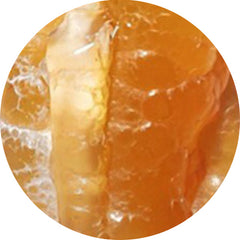 ROCK CHALCEDONY (2)
ROCK CHALCEDONY (2)
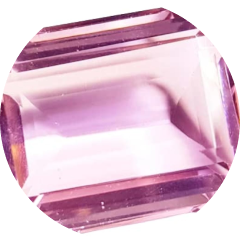 Rose Cut Gemstones (811)
Rose Cut Gemstones (811)
 ROSE QUARTZ (60)
ROSE QUARTZ (60)
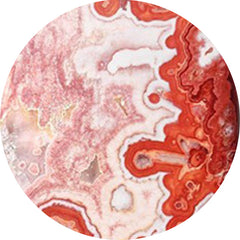 ROSITA JASPER (12)
ROSITA JASPER (12)
 Round Shape Gemstones (8)
Round Shape Gemstones (8)
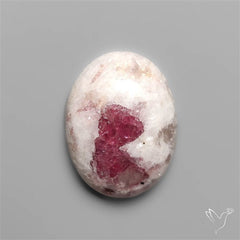 Rubellite (16)
Rubellite (16)
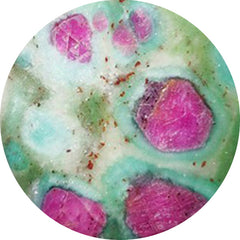 RUBY IN FUCHSITE (6)
RUBY IN FUCHSITE (6)
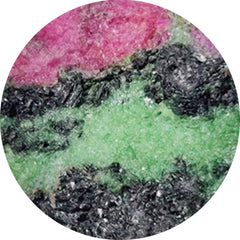 RUBY IN ZOISITE (97)
RUBY IN ZOISITE (97)
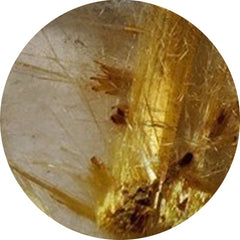 RUTILATED QUARTZ (265)
RUTILATED QUARTZ (265)
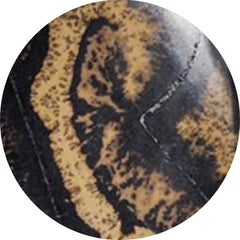 SAGE BRUSH JASPER (0)
SAGE BRUSH JASPER (0)
 SAND DOLLAR FOSSIL (4)
SAND DOLLAR FOSSIL (4)
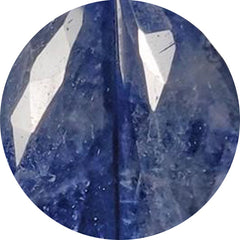 SAPPHIRE (46)
SAPPHIRE (46)
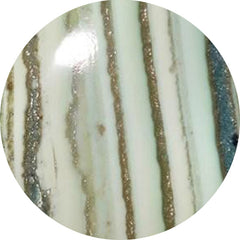 SATURN CHALCEDONY (62)
SATURN CHALCEDONY (62)
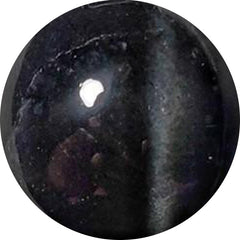 SCAPOLITE (13)
SCAPOLITE (13)
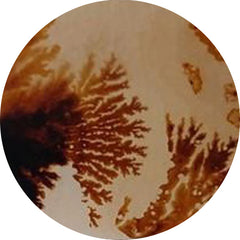 SCENIC AGATE (121)
SCENIC AGATE (121)
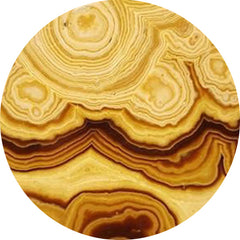 SCHALENBLENDE (102)
SCHALENBLENDE (102)
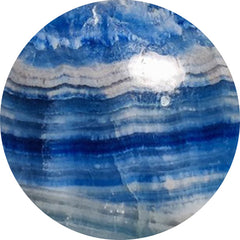 SCHEELITE (37)
SCHEELITE (37)
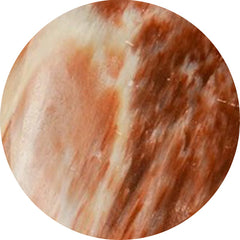 SCOLECITE (51)
SCOLECITE (51)
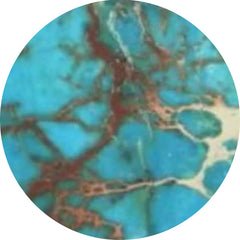 SEA SEDIMENT JASPER (1)
SEA SEDIMENT JASPER (1)
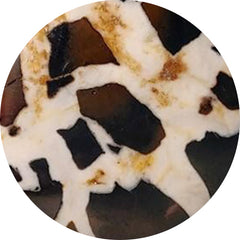 SEPTARIAN (99)
SEPTARIAN (99)
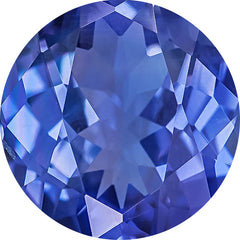 SEPTEMBER BIRTHSTONE (185)
SEPTEMBER BIRTHSTONE (185)
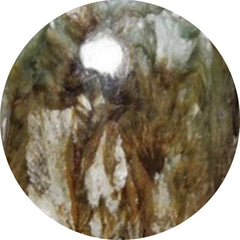 SERAPHINITE (75)
SERAPHINITE (75)
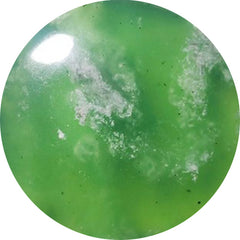 SERPENTINE (182)
SERPENTINE (182)
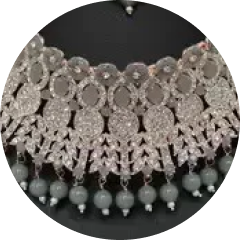 SETS (0)
SETS (0)
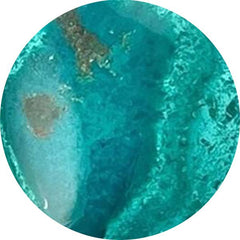 SHATTUCKITE (293)
SHATTUCKITE (293)
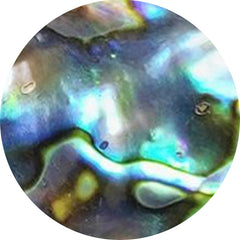 SHELL (288)
SHELL (288)
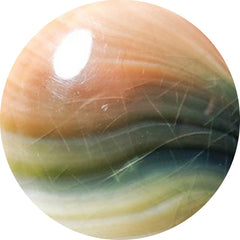 SHIVA EYE SHELL (48)
SHIVA EYE SHELL (48)
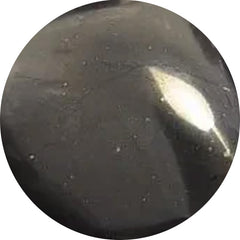 SHUNGITE (5)
SHUNGITE (5)
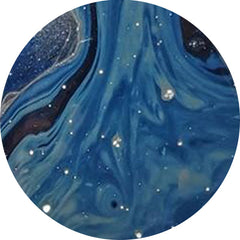 SIEBER AGATE (0)
SIEBER AGATE (0)
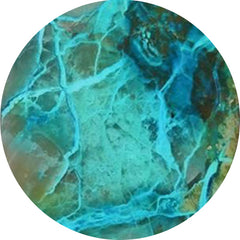 SILICA (4)
SILICA (4)
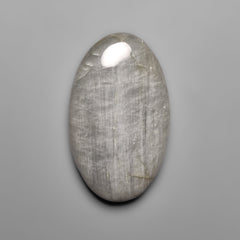 Silver Leaf Jasper (9)
Silver Leaf Jasper (9)
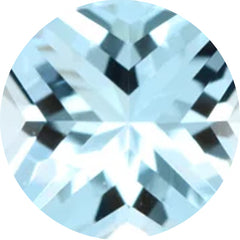 SKY BLUE TOPAZ (6)
SKY BLUE TOPAZ (6)
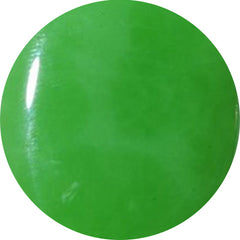 SMITHSONITE (33)
SMITHSONITE (33)
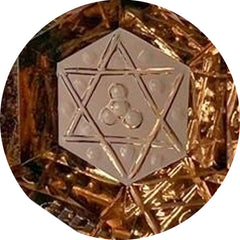 SMOKY QUARTZ (26)
SMOKY QUARTZ (26)
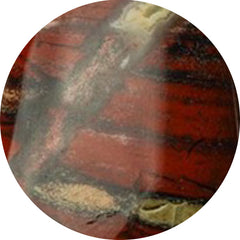 SNAKESKIN JASPER (54)
SNAKESKIN JASPER (54)
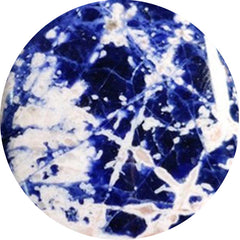 SODALITE (82)
SODALITE (82)
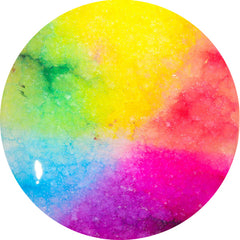 SOLAR AGATE (0)
SOLAR AGATE (0)
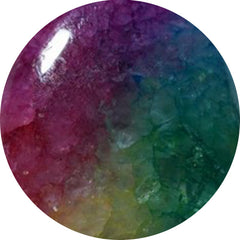 SOLAR QUARTZ (53)
SOLAR QUARTZ (53)
 SPECTROLITE (74)
SPECTROLITE (74)
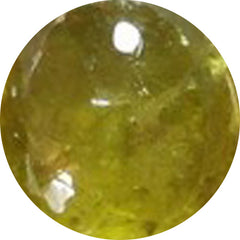 SPHENCE (25)
SPHENCE (25)
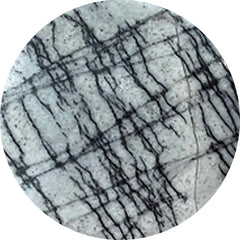 SPIDERWEB JASPER (4)
SPIDERWEB JASPER (4)
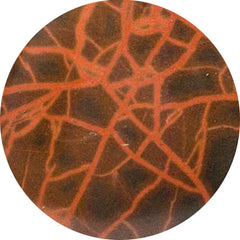 SPIDERWOMAN JASPER (0)
SPIDERWOMAN JASPER (0)
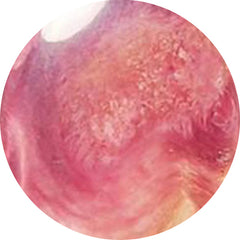 SPINY OYSTER SHELL (59)
SPINY OYSTER SHELL (59)
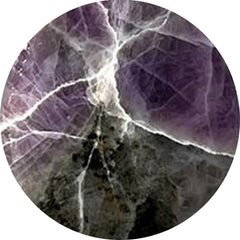 SPURRITE (7)
SPURRITE (7)
 Square Shape Gemstones (5)
Square Shape Gemstones (5)
 STARBURST (1)
STARBURST (1)
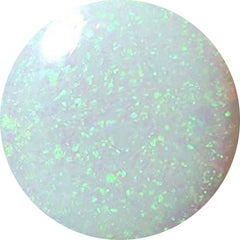 STERLING OPAL (1)
STERLING OPAL (1)
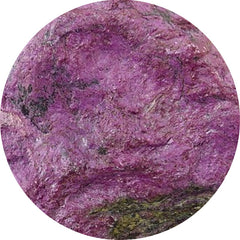 Stichtite (39)
Stichtite (39)
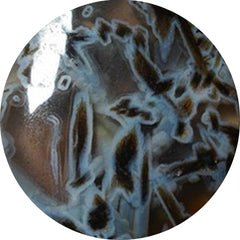 STICK AGATE (8)
STICK AGATE (8)
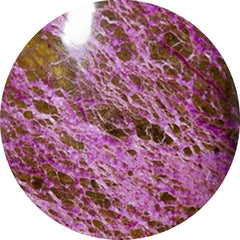 STITCHTITE (125)
STITCHTITE (125)
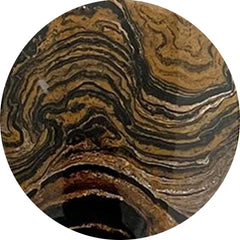 STRAMATOLITE (0)
STRAMATOLITE (0)
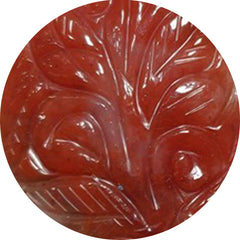 STRAWBERRY QUARTZ (13)
STRAWBERRY QUARTZ (13)
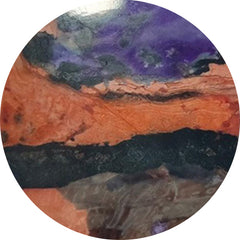 SUGILITE (1)
SUGILITE (1)
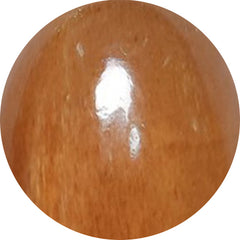 SUNSTONE (209)
SUNSTONE (209)
 SURFITE (1)
SURFITE (1)
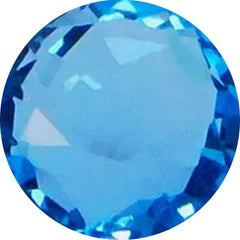 SWISS BLUE TOPAZ (35)
SWISS BLUE TOPAZ (35)
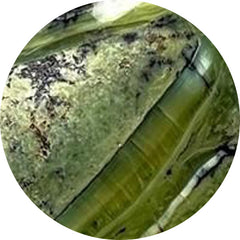 SWISS OPAL (0)
SWISS OPAL (0)
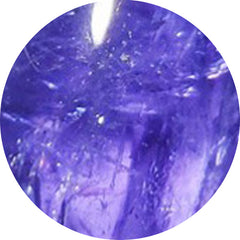 TANZANITE (31)
TANZANITE (31)
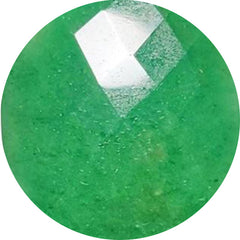 TANZURINE (11)
TANZURINE (11)
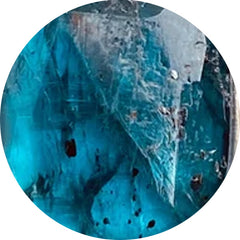 TEAL KYANITE (10)
TEAL KYANITE (10)
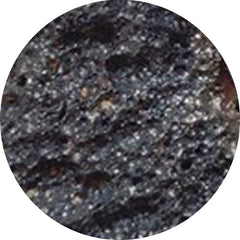 TEKTITE (43)
TEKTITE (43)
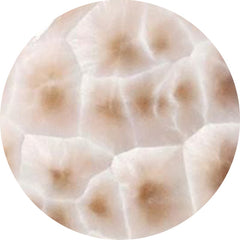 THOMSONITE (36)
THOMSONITE (36)
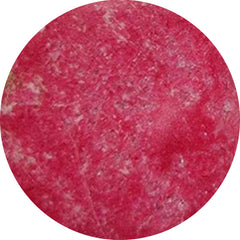 THULITE (91)
THULITE (91)
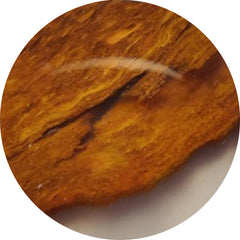 THUNDER EGG AGATE (0)
THUNDER EGG AGATE (0)
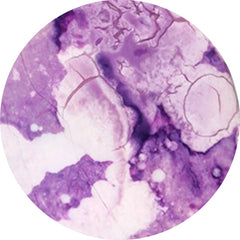 TIFFANY STONE (8)
TIFFANY STONE (8)
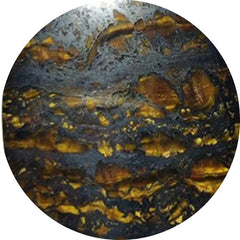 TIGER EYE (70)
TIGER EYE (70)
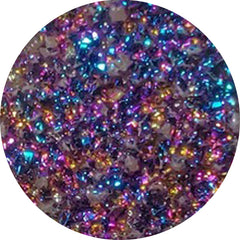 TITANIUM DRUZY (9)
TITANIUM DRUZY (9)
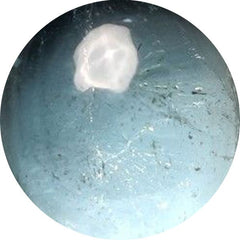 TOPAZ (66)
TOPAZ (66)
 TOURMALINE (194)
TOURMALINE (194)
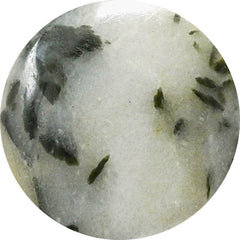 TOURMALINE IN QUARTZ (90)
TOURMALINE IN QUARTZ (90)
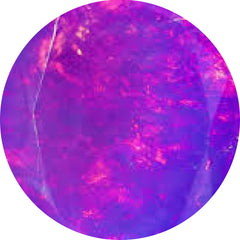 TREATED OPAL (39)
TREATED OPAL (39)
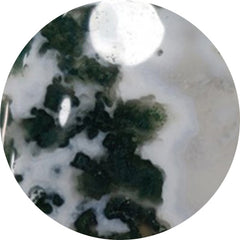 TREE AGATE (31)
TREE AGATE (31)
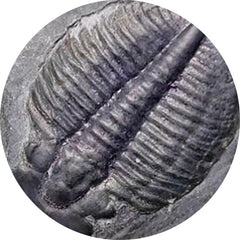 TRILOBITE FOSSIL (14)
TRILOBITE FOSSIL (14)
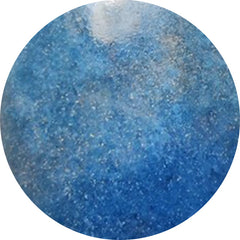 TROLLEITE QUARTZ (30)
TROLLEITE QUARTZ (30)
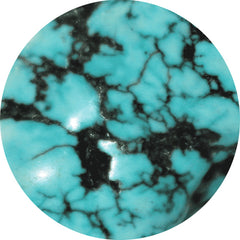 TUMBLES (1)
TUMBLES (1)
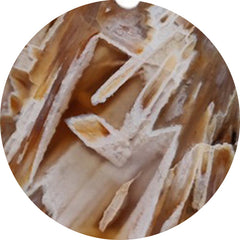 TURKISH TUBE AGATE (65)
TURKISH TUBE AGATE (65)
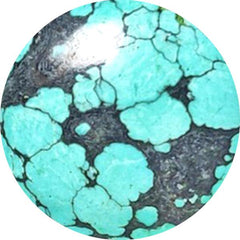 TURQUOISE (289)
TURQUOISE (289)
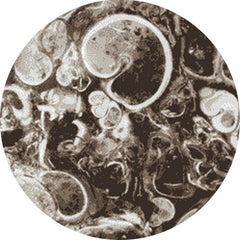 TURRITELLA JASPER (2)
TURRITELLA JASPER (2)
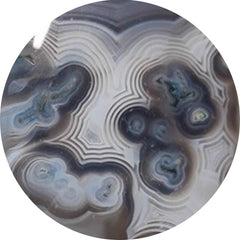 TUXEDO AGATE (75)
TUXEDO AGATE (75)
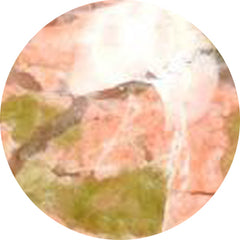 Unakite (5)
Unakite (5)
 UNDER $10 (4404)
UNDER $10 (4404)
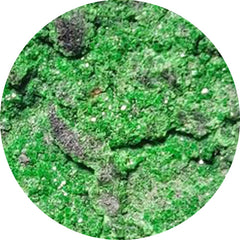 UVAROVITE GARNET (3)
UVAROVITE GARNET (3)
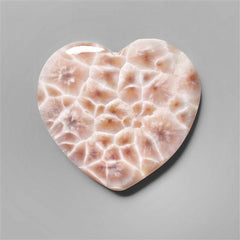 Valentine (750)
Valentine (750)
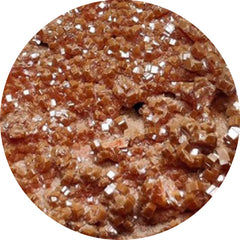 VANADINITE DRUZY (10)
VANADINITE DRUZY (10)
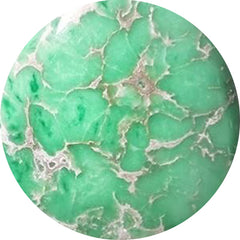 VARISCITE (135)
VARISCITE (135)
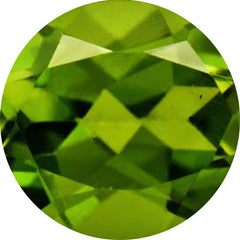 VESUVIANITE (1)
VESUVIANITE (1)
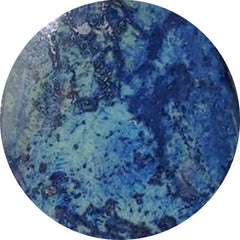 VIVIANITE (0)
VIVIANITE (0)
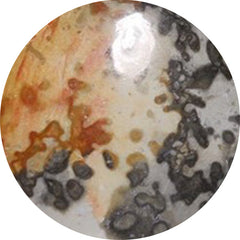 VOLCANIC COTHAM MARBLE (7)
VOLCANIC COTHAM MARBLE (7)
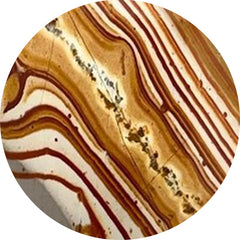 WAGUL JASPER (3)
WAGUL JASPER (3)
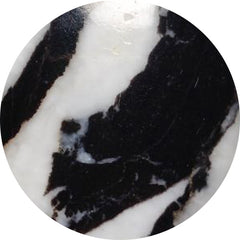 WHITE BUFFALO TURQUOISE (24)
WHITE BUFFALO TURQUOISE (24)
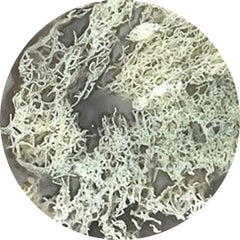 WHITE HORSE CANYON (47)
WHITE HORSE CANYON (47)
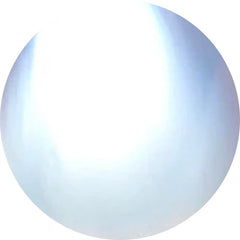 WHITE MOONSTONE (43)
WHITE MOONSTONE (43)
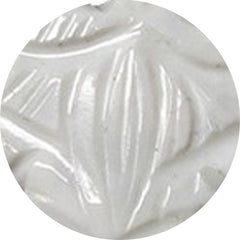 WHITE OPAL (13)
WHITE OPAL (13)
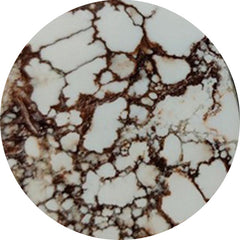 WILD HORSE JASPER (128)
WILD HORSE JASPER (128)
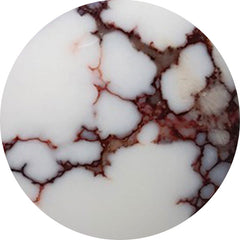 WILD HORSE MAGNESITE (51)
WILD HORSE MAGNESITE (51)
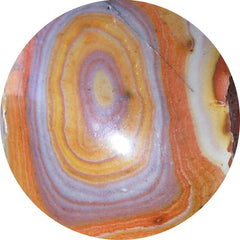 WONDER STONE (1)
WONDER STONE (1)
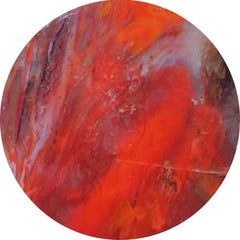 WOOD (209)
WOOD (209)
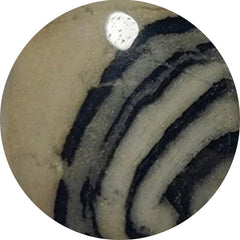 YAVAPAI TRAVERTINE (0)
YAVAPAI TRAVERTINE (0)
 Yellow Gemstones (165)
Yellow Gemstones (165)
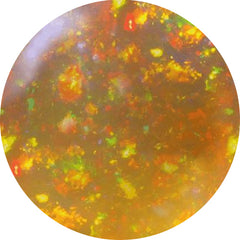 YELLOW OPAL (8)
YELLOW OPAL (8)
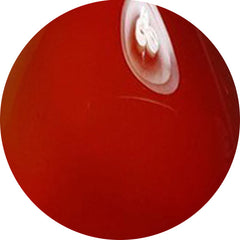 YEMENI AQEEQ (0)
YEMENI AQEEQ (0)
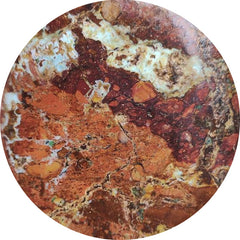 ZARINITE (0)
ZARINITE (0)
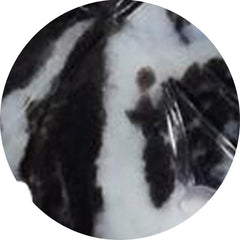 ZEBRA JASPER (1)
ZEBRA JASPER (1)
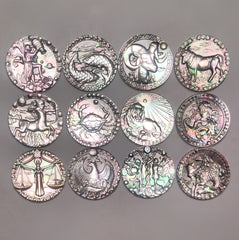 zodiac sign (1)
zodiac sign (1)
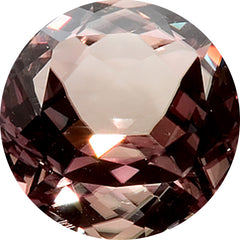 ZULTANITE (5)
ZULTANITE (5)




















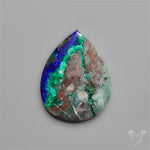

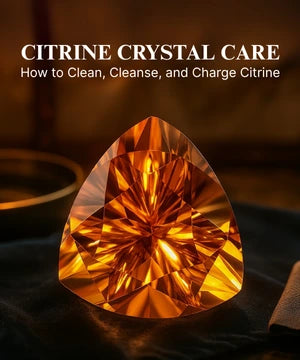

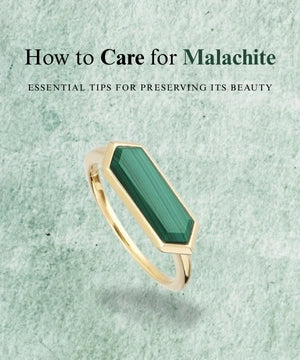
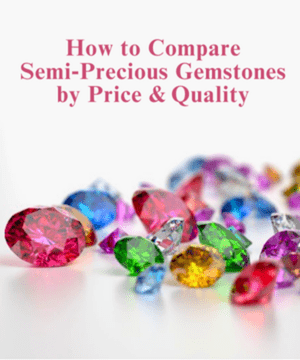




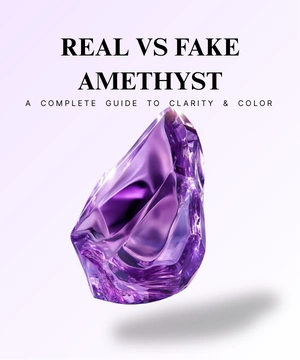
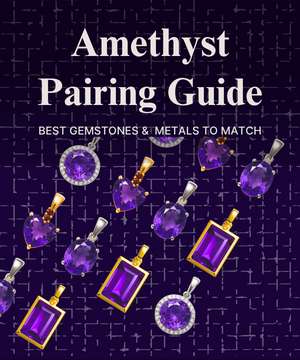
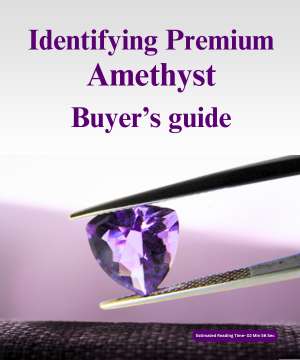


Leave a Comment